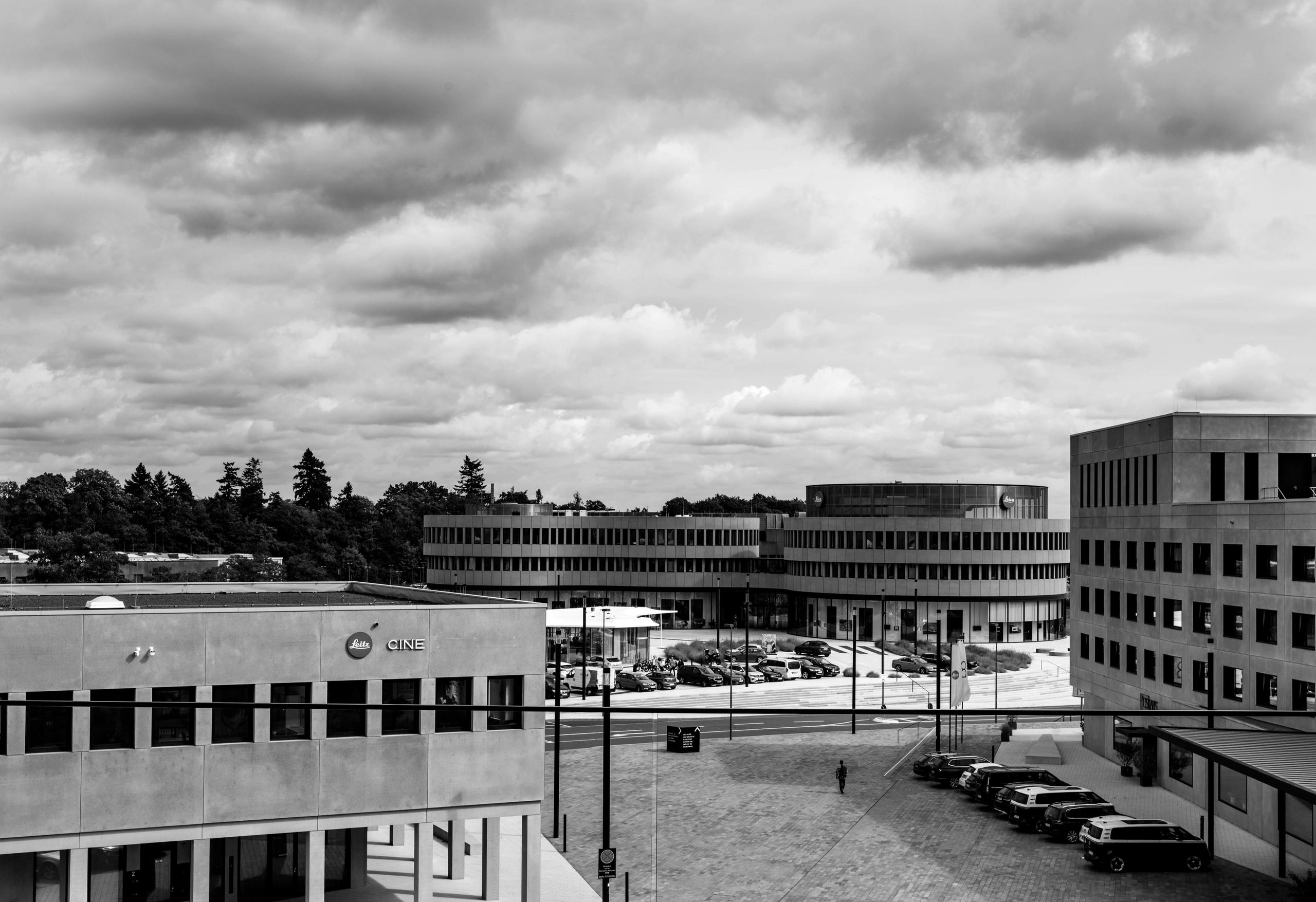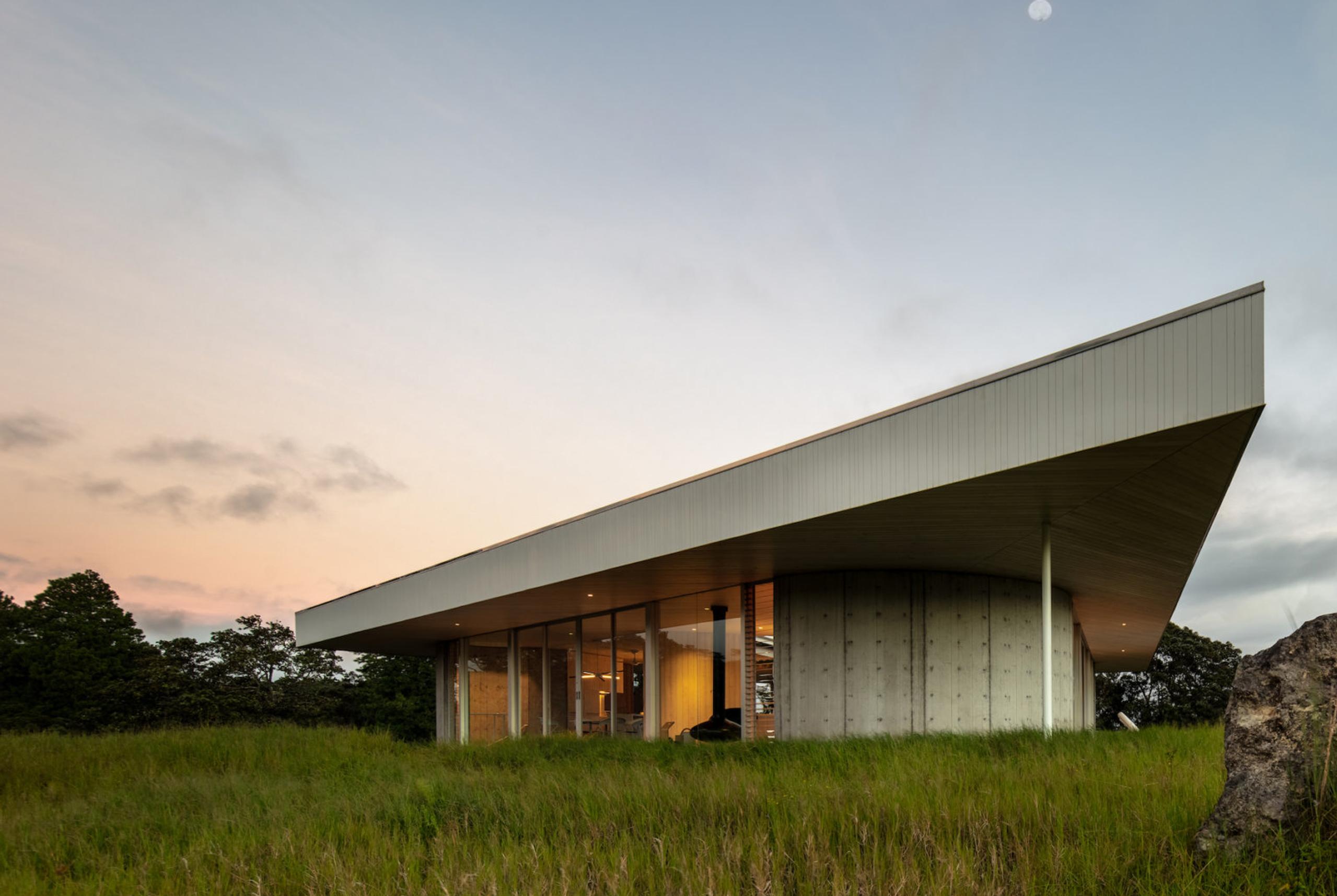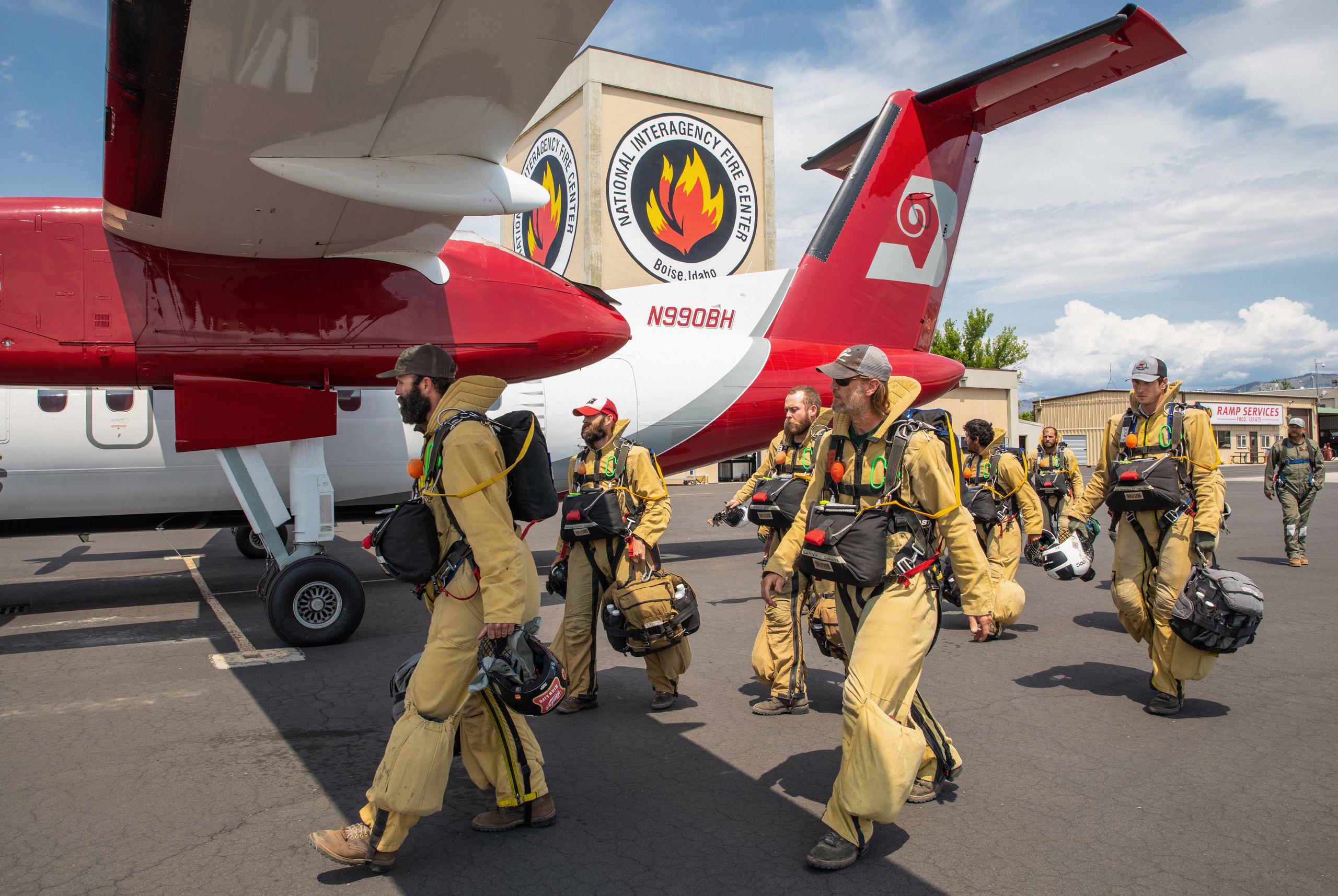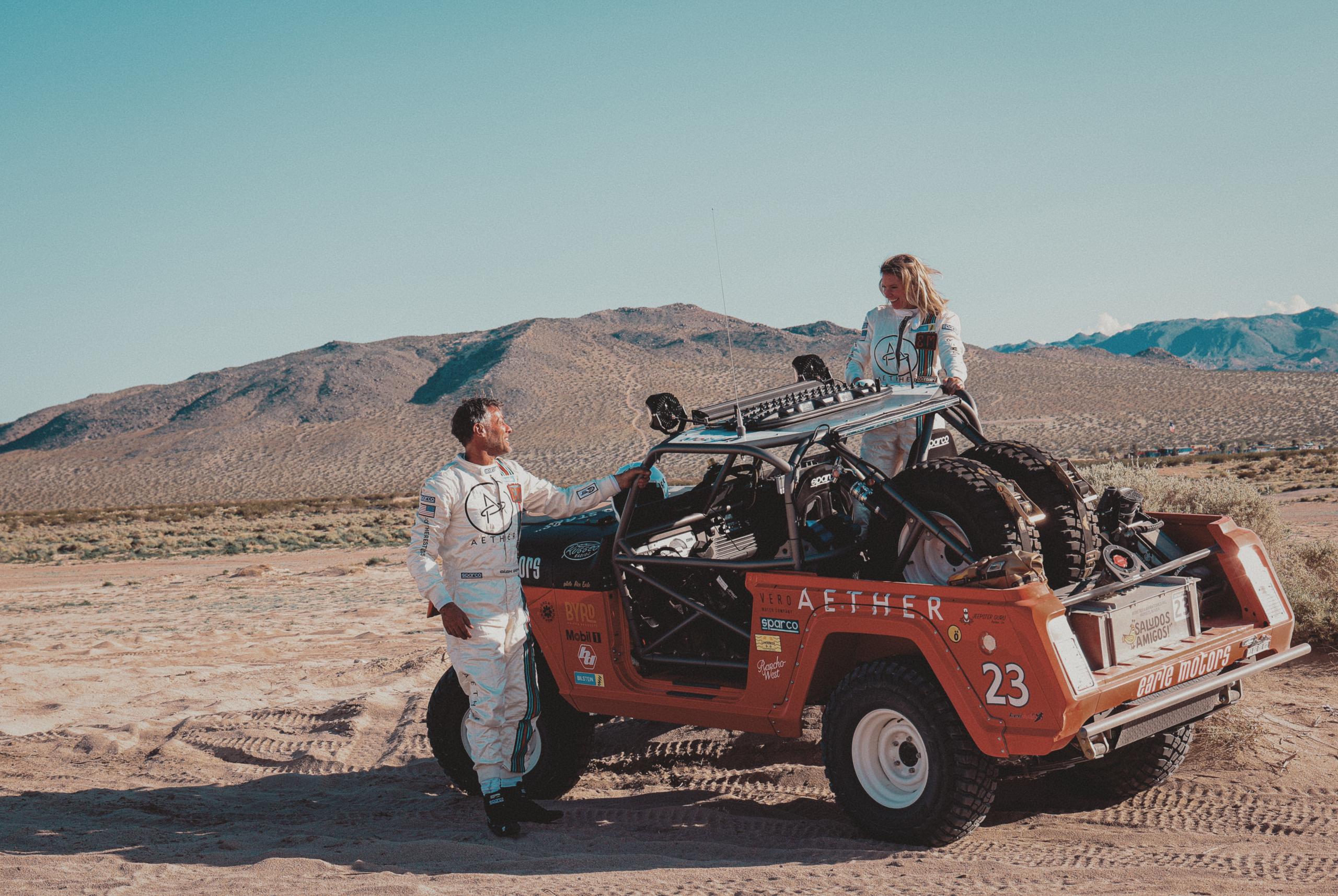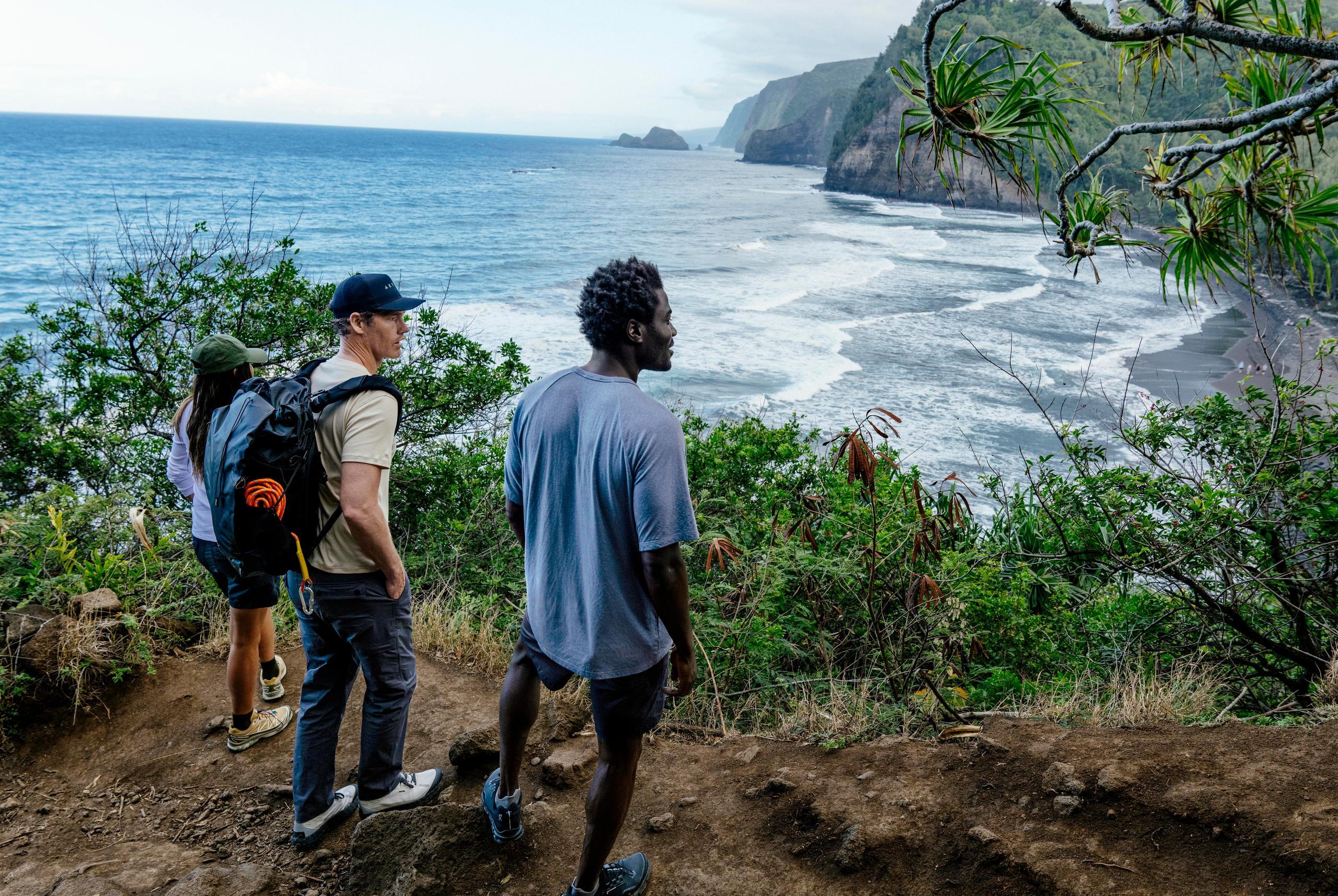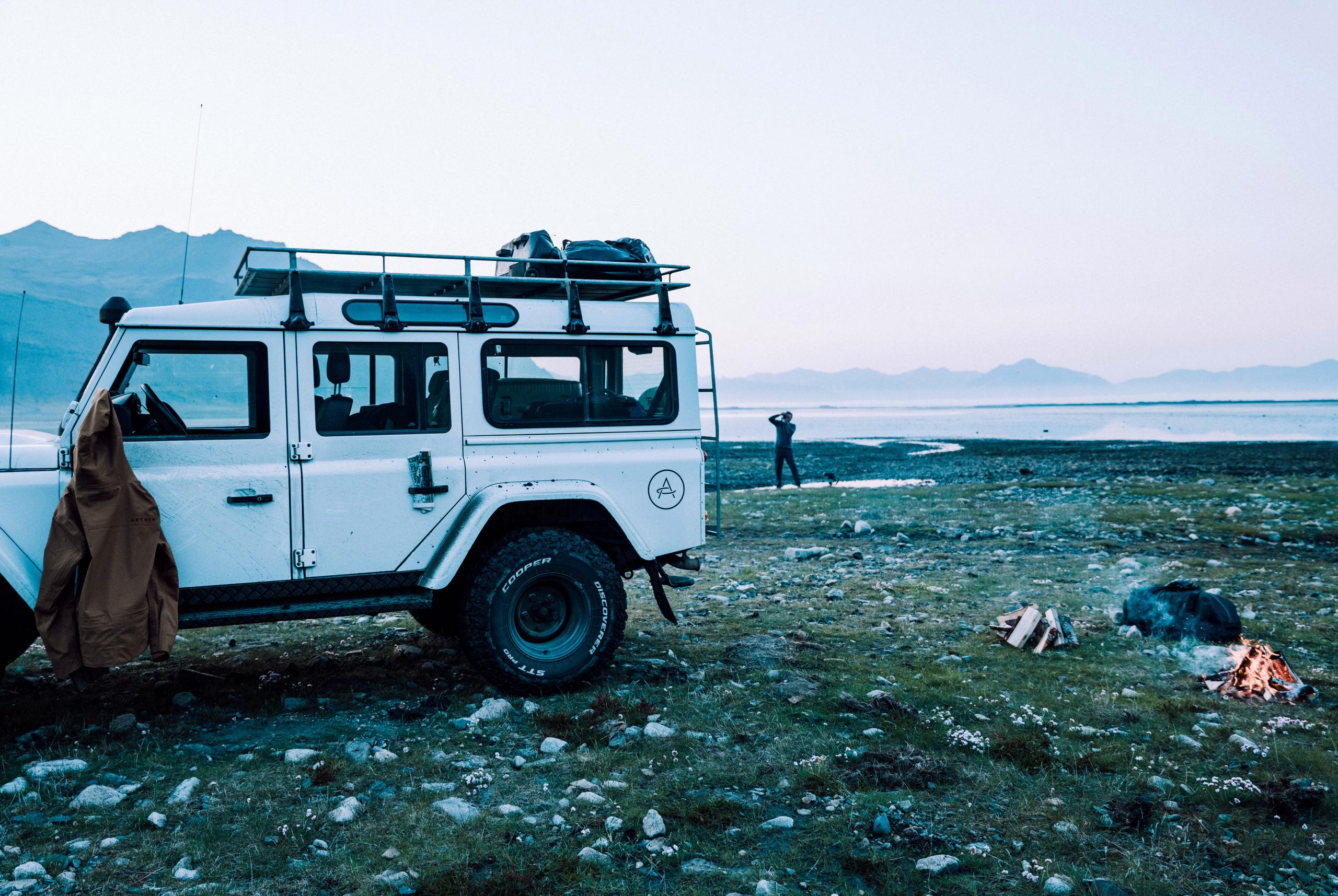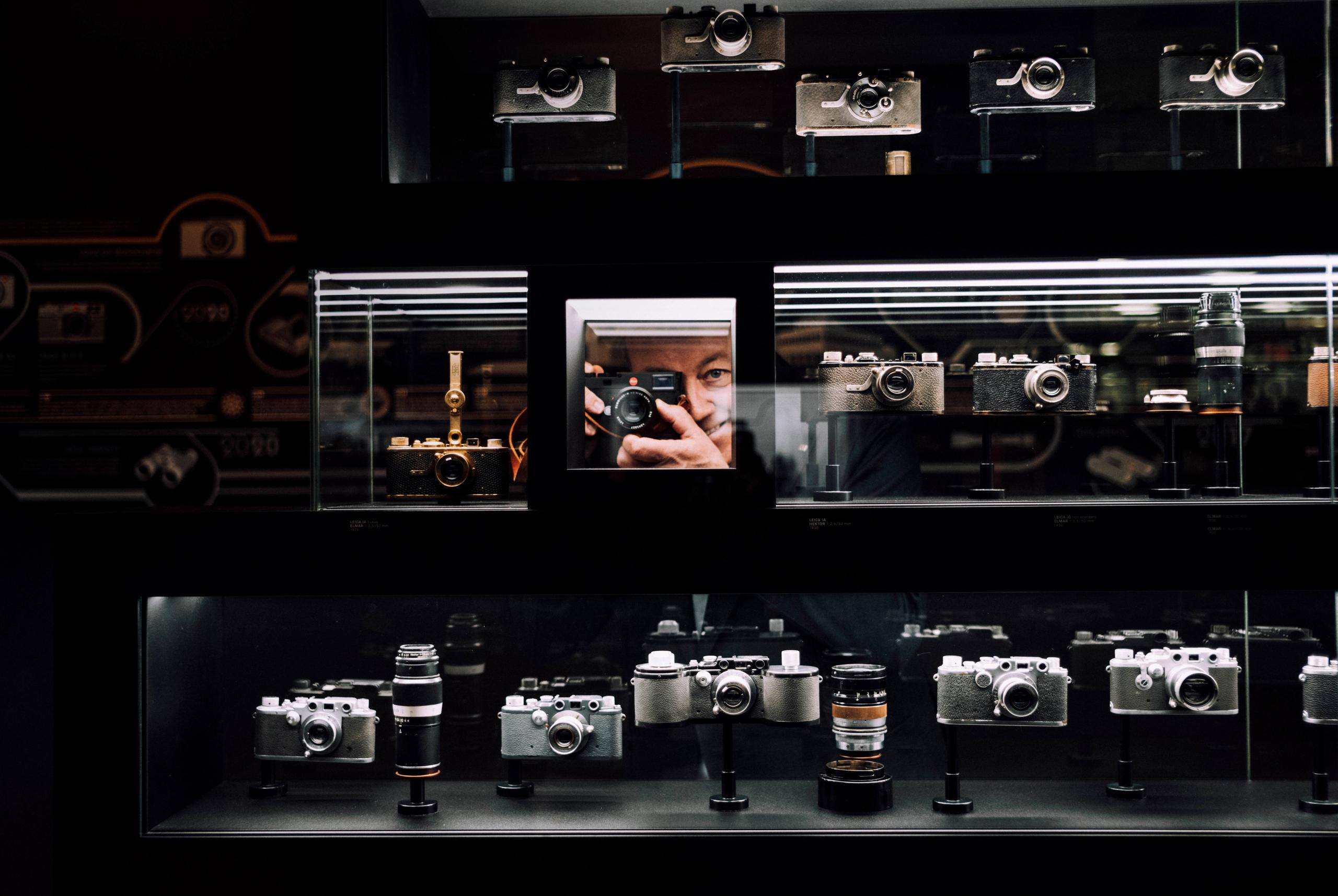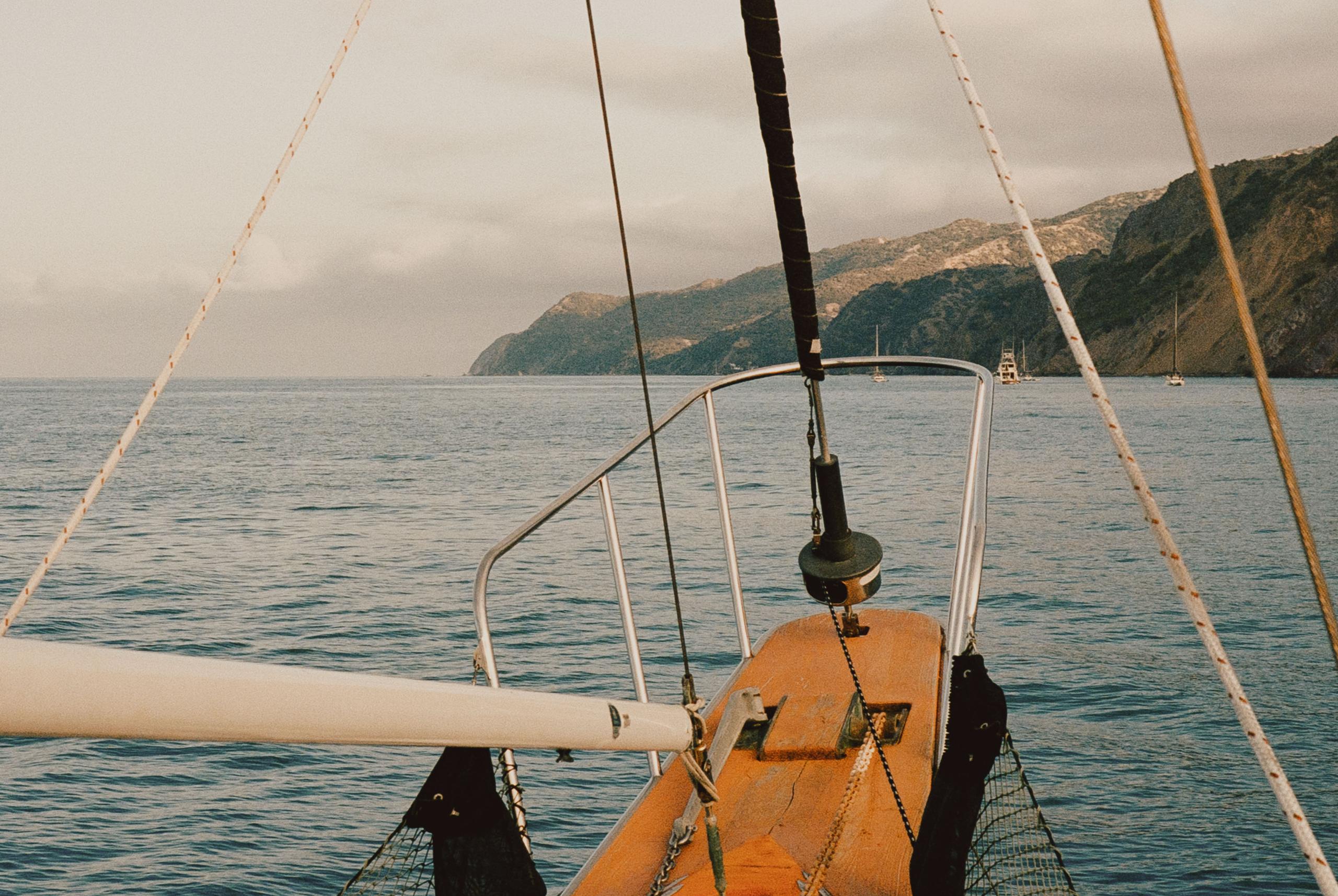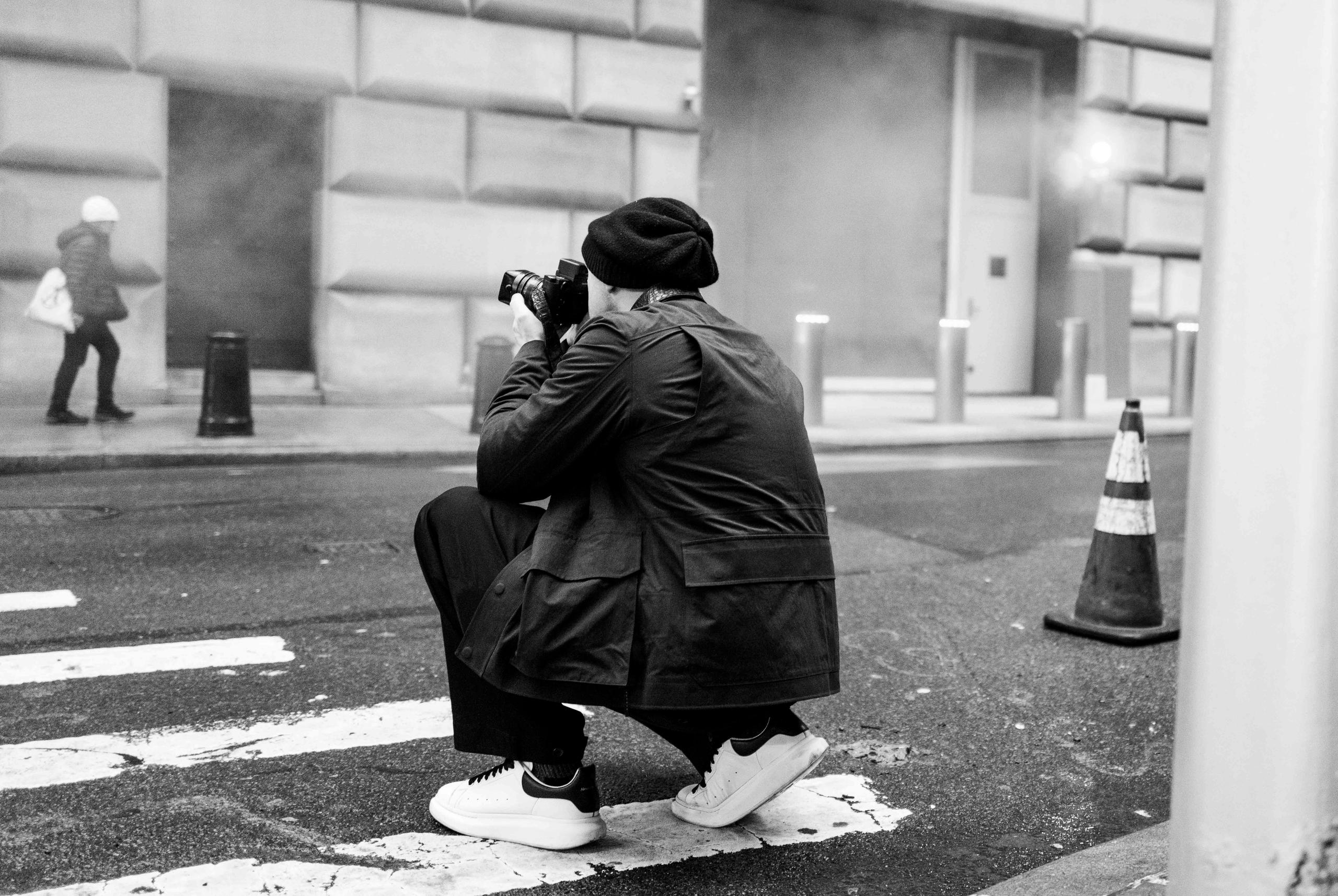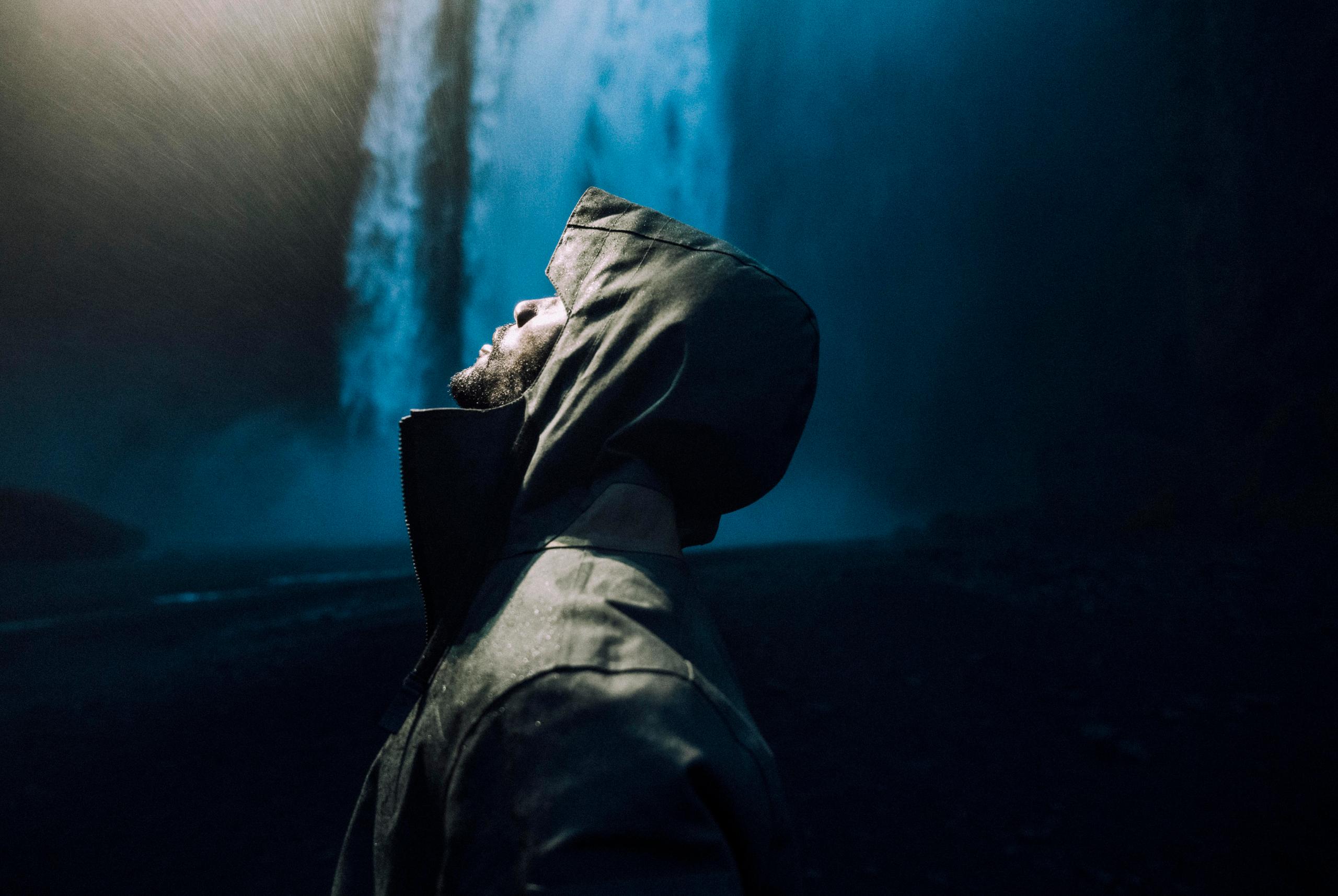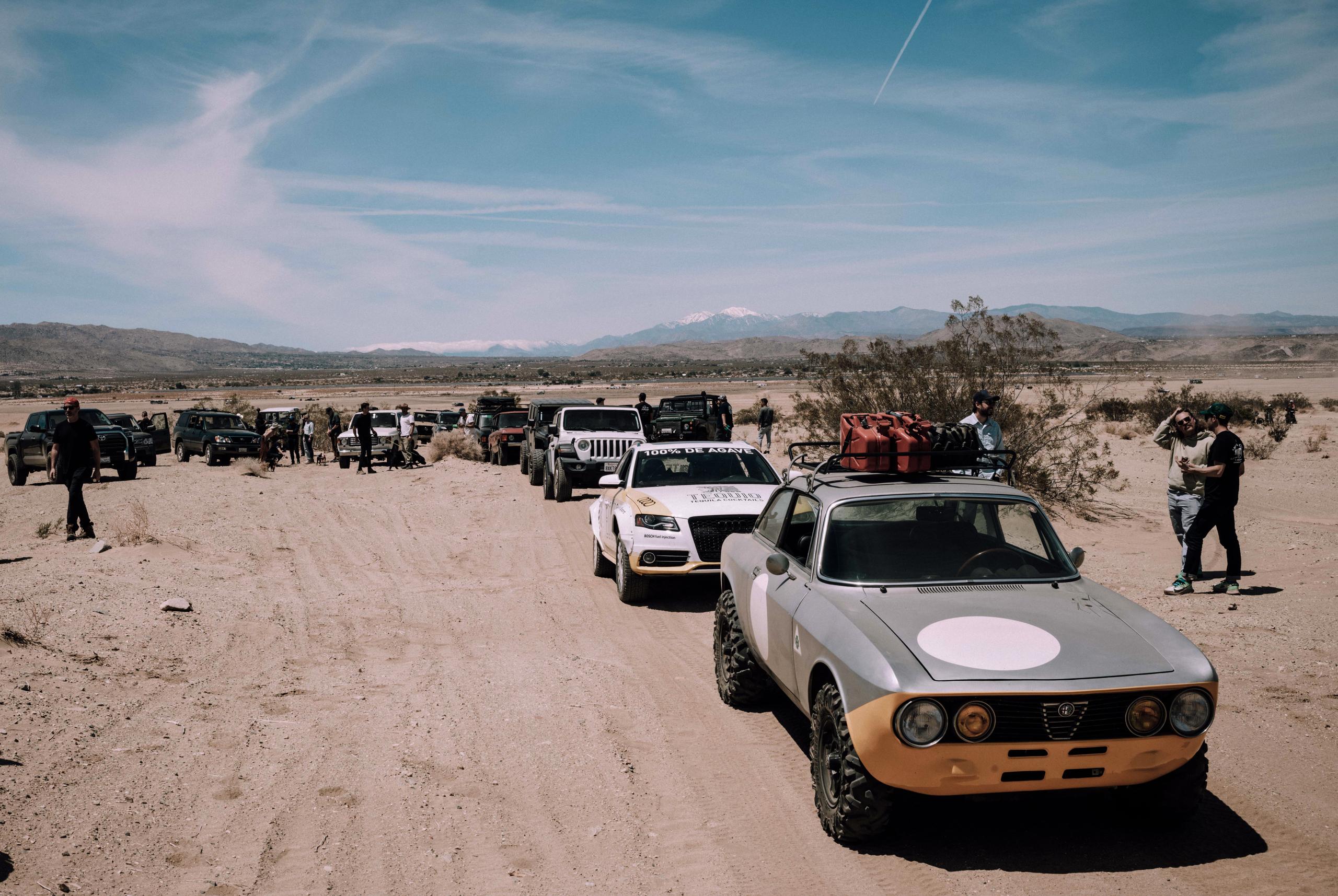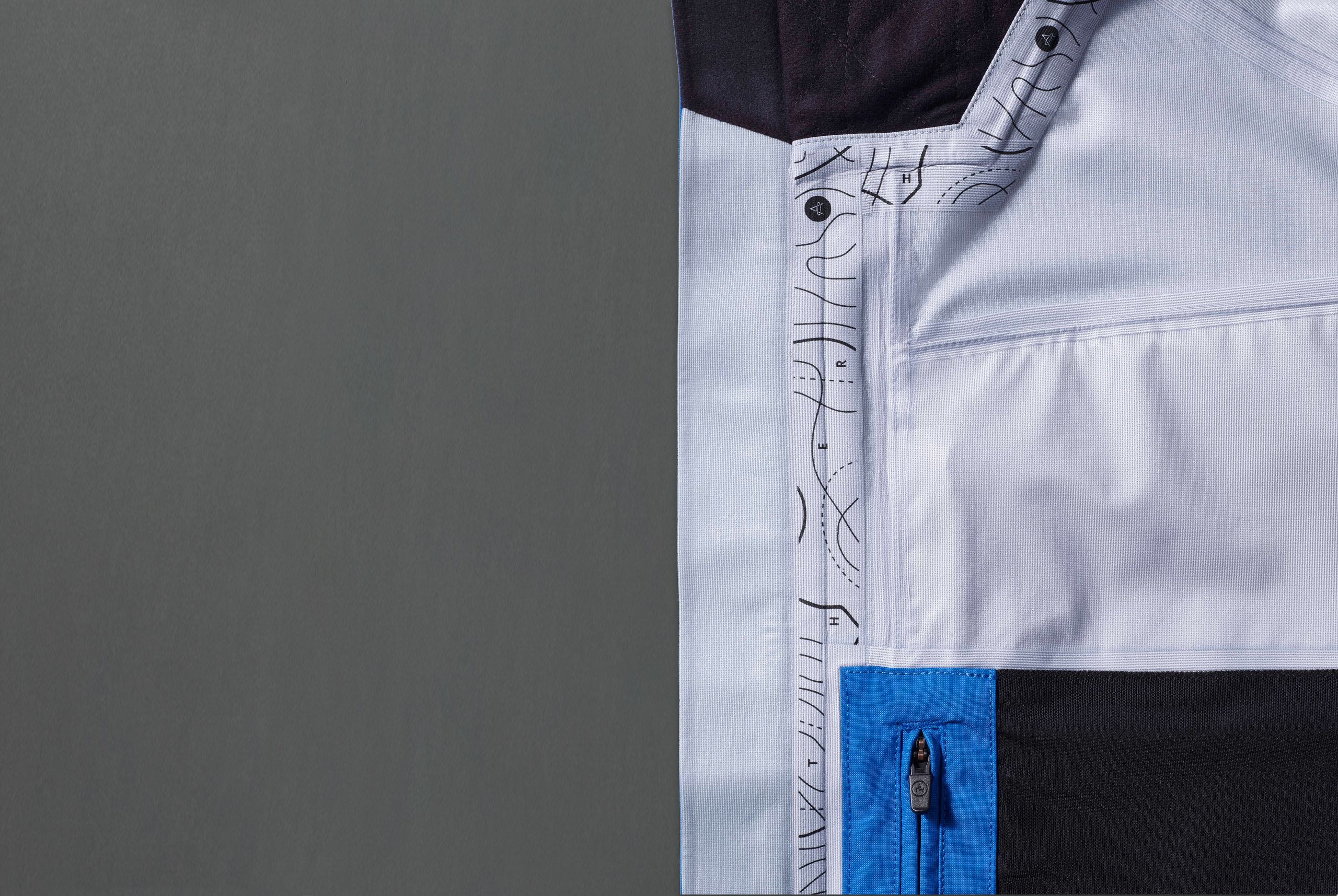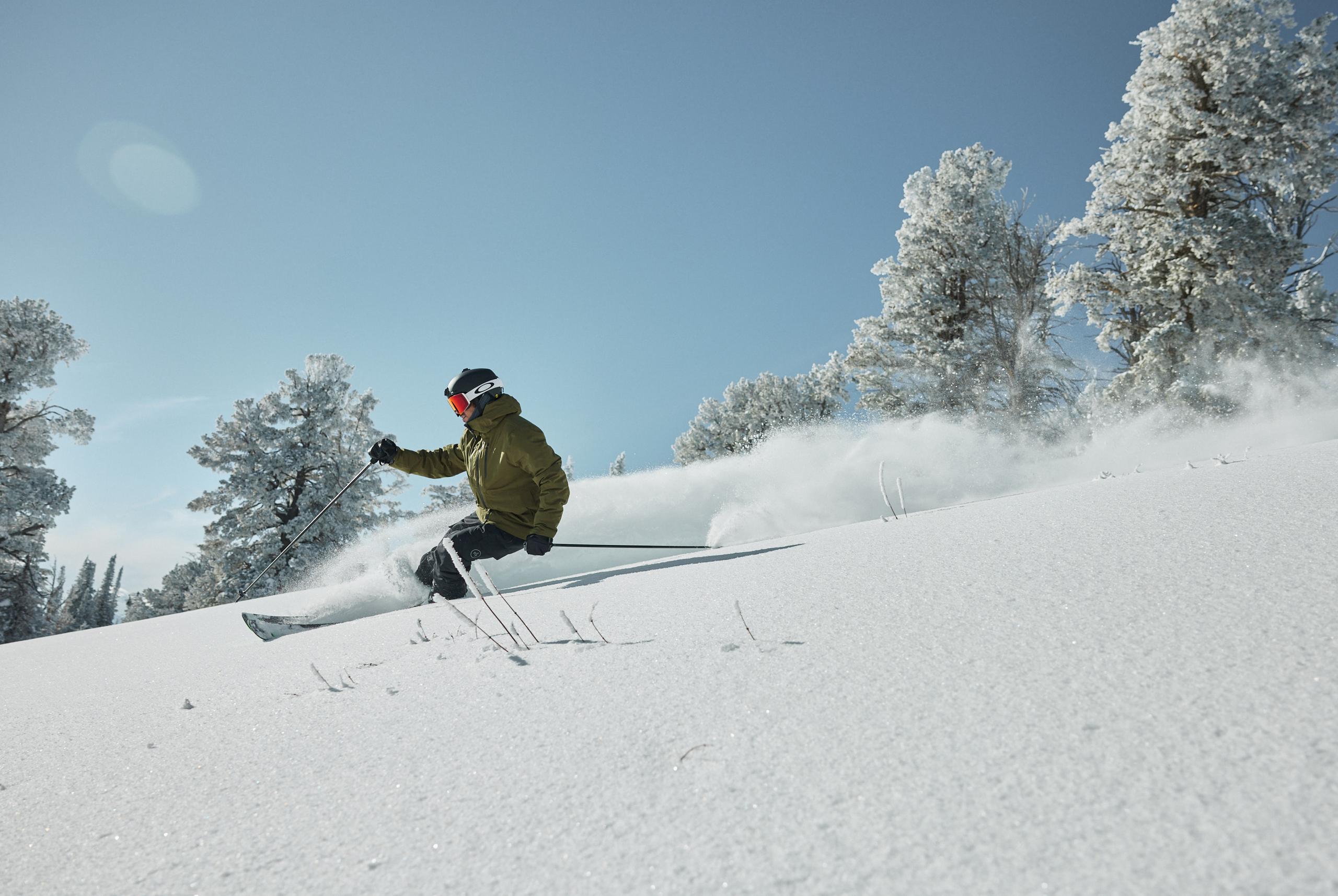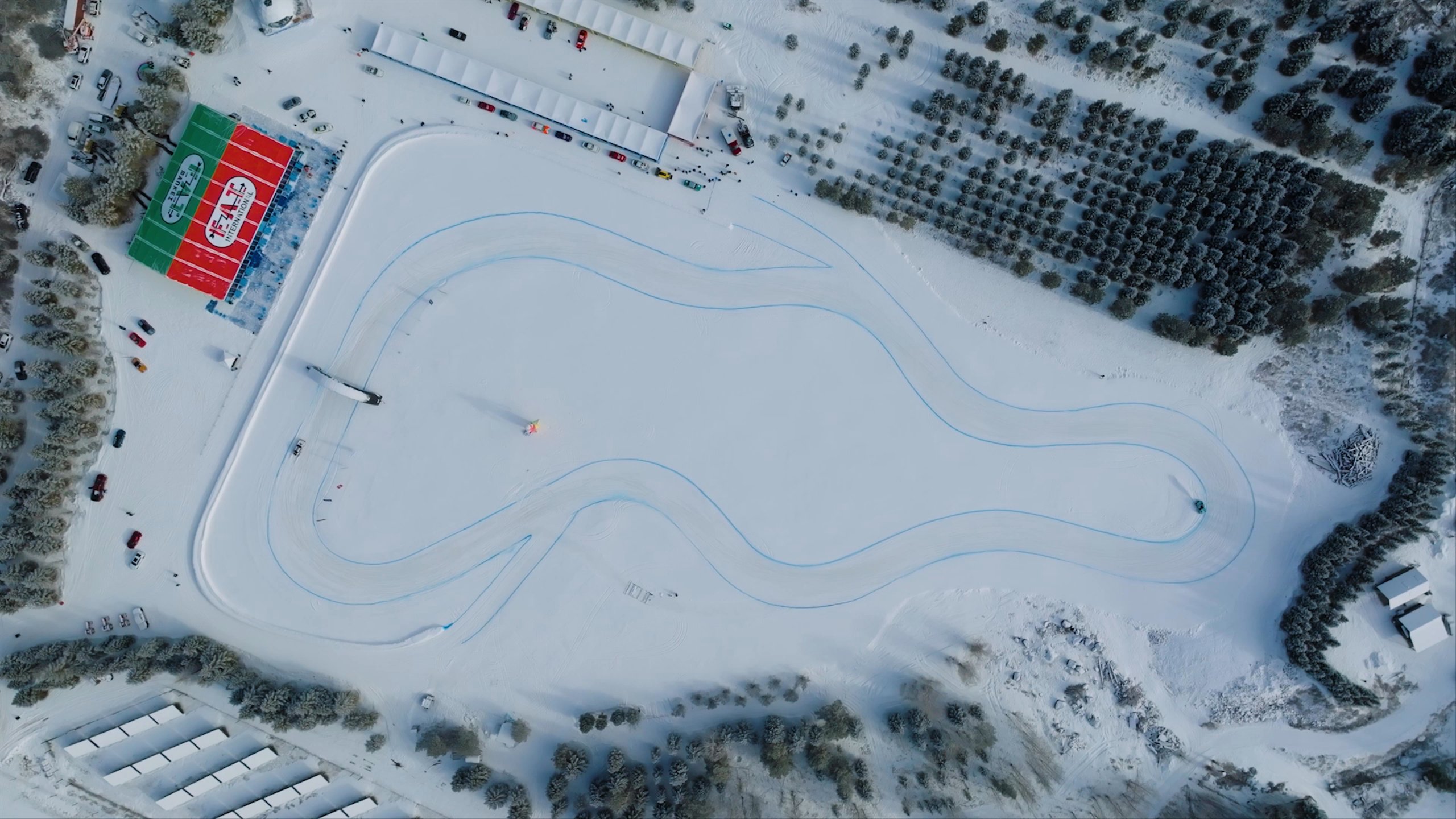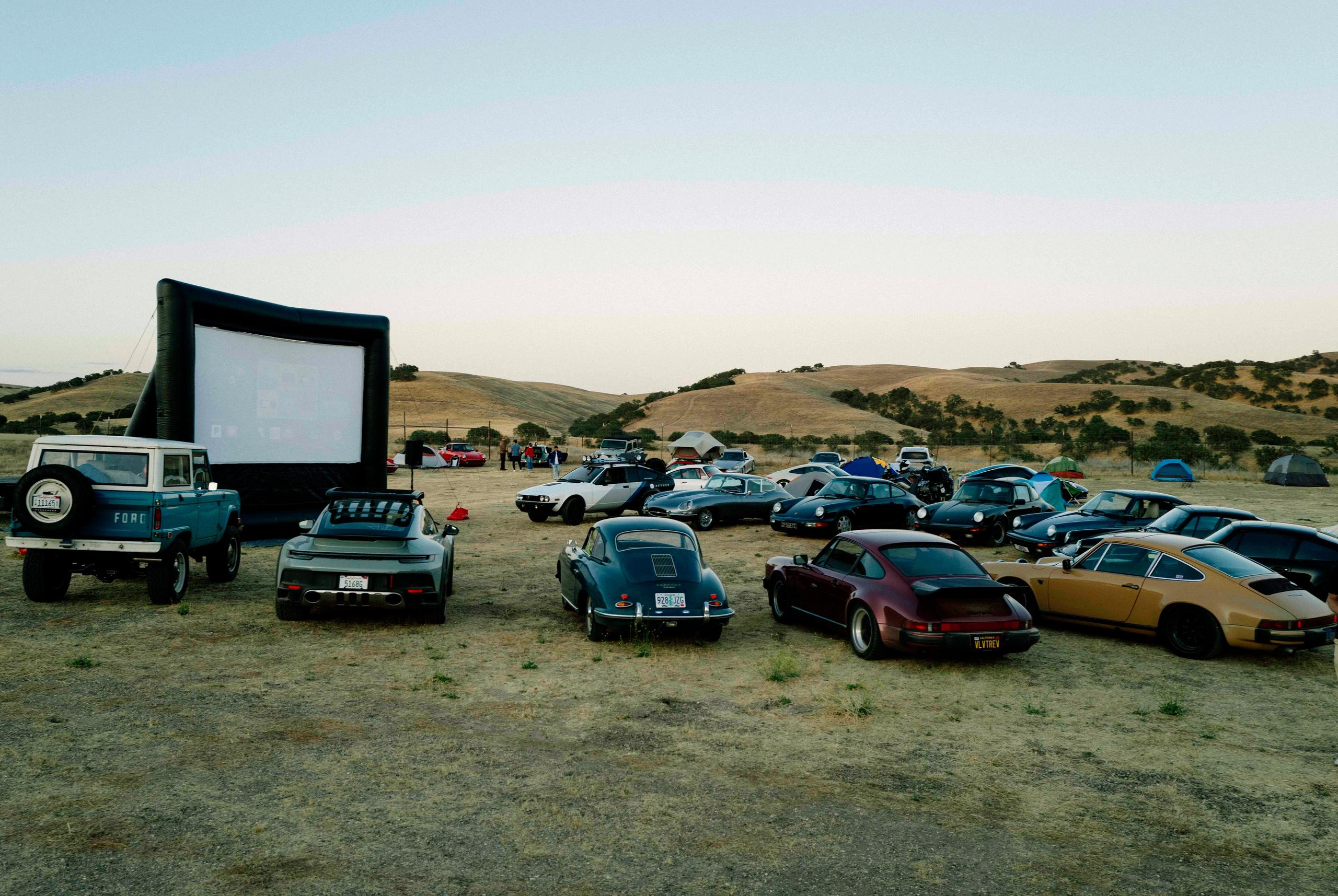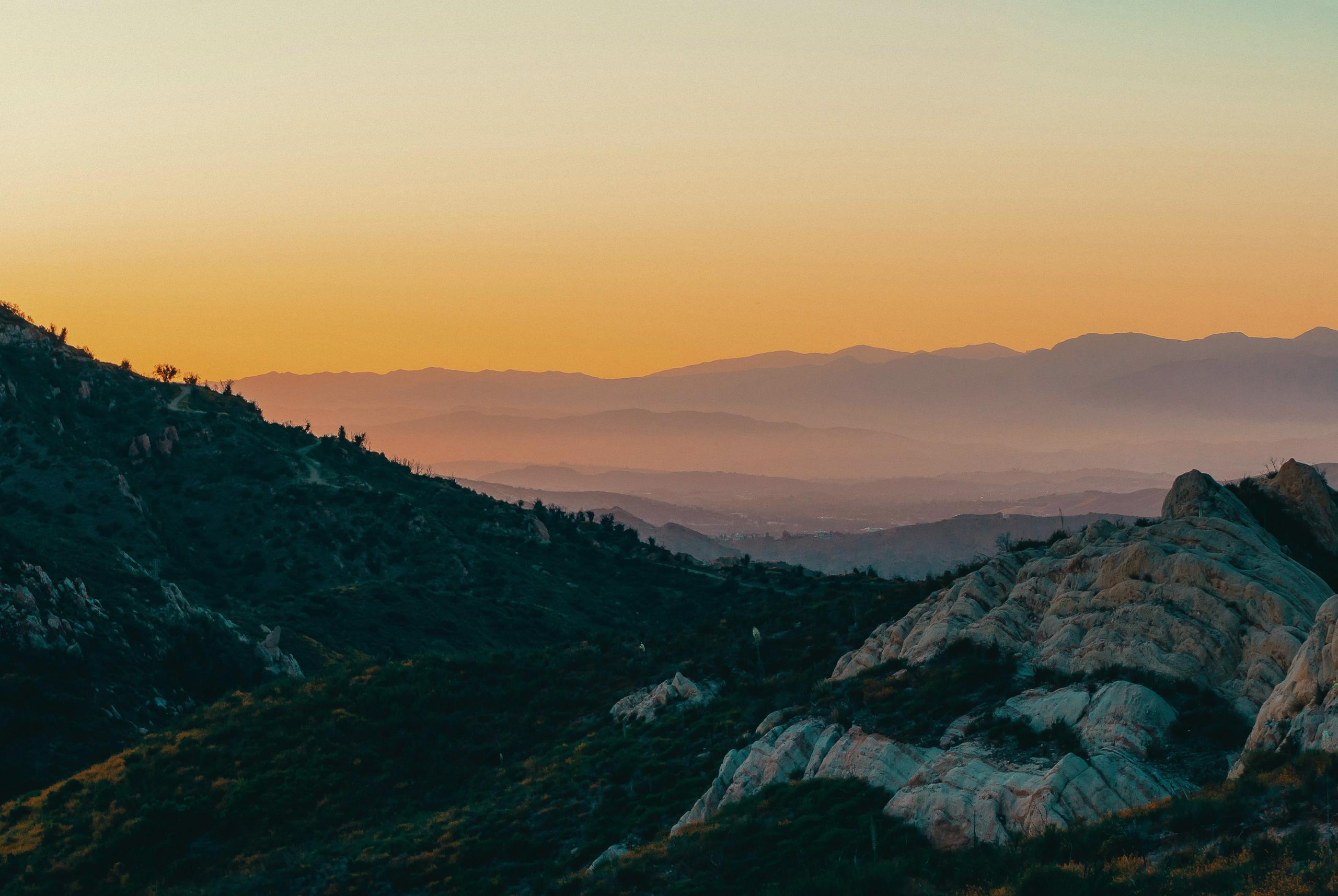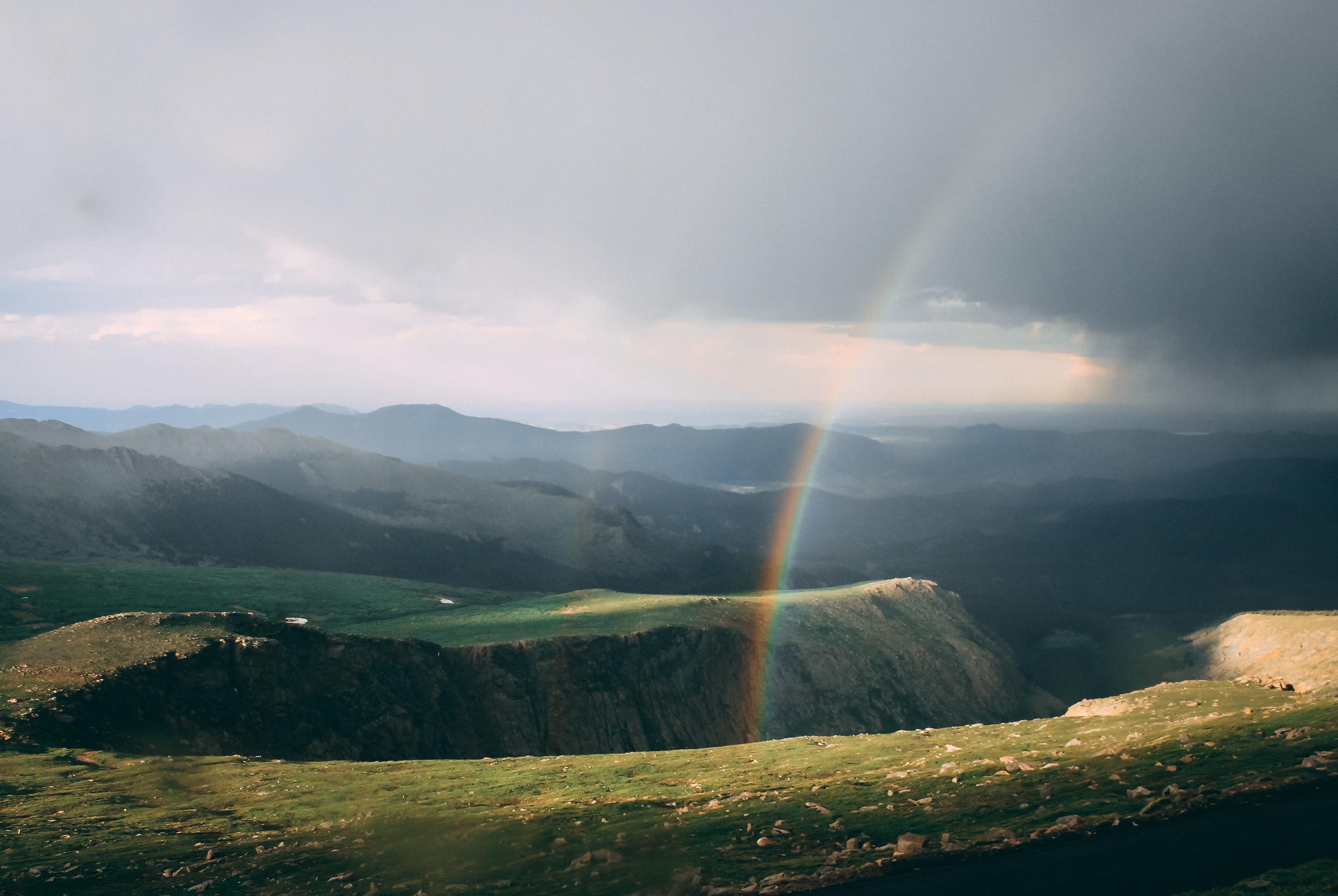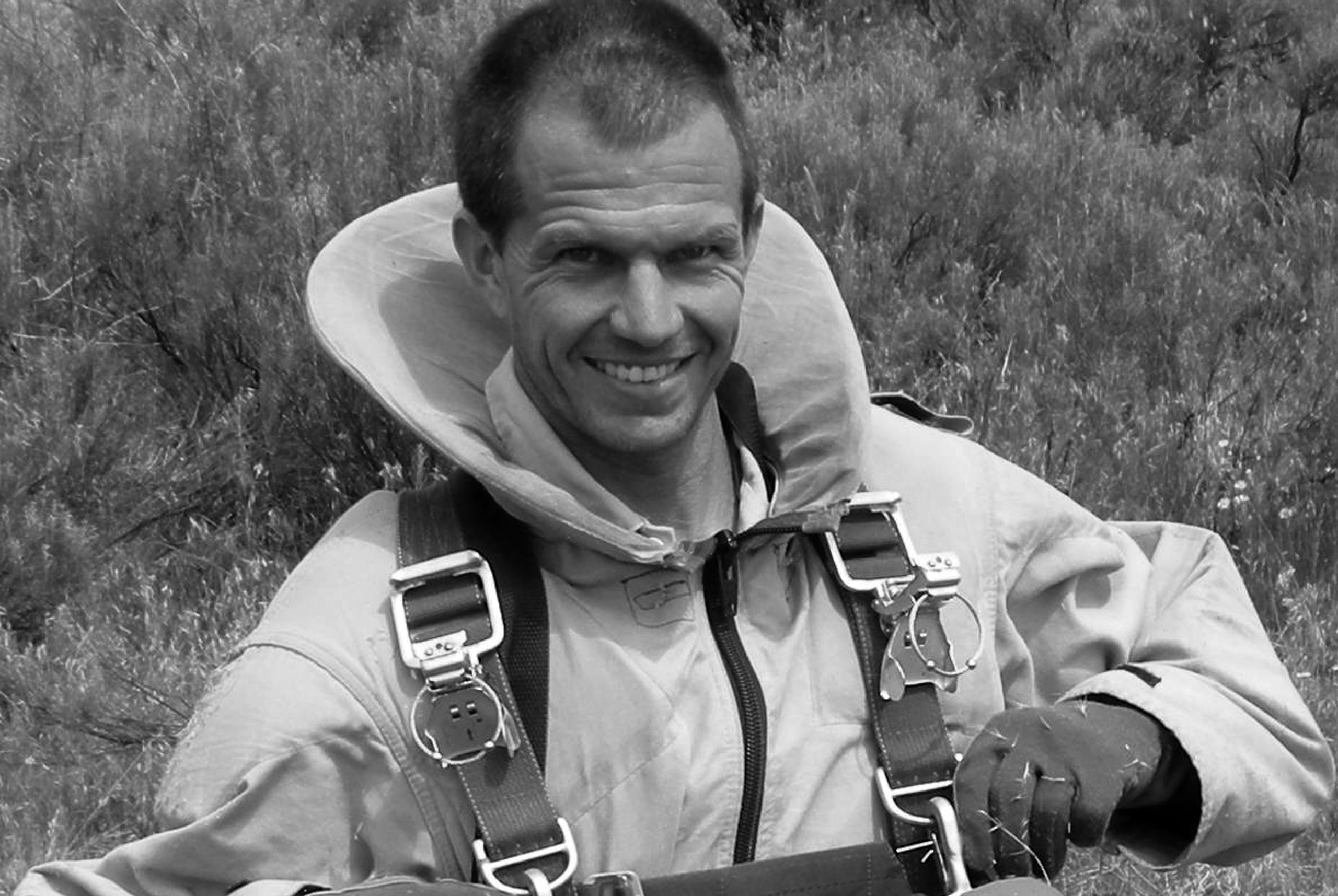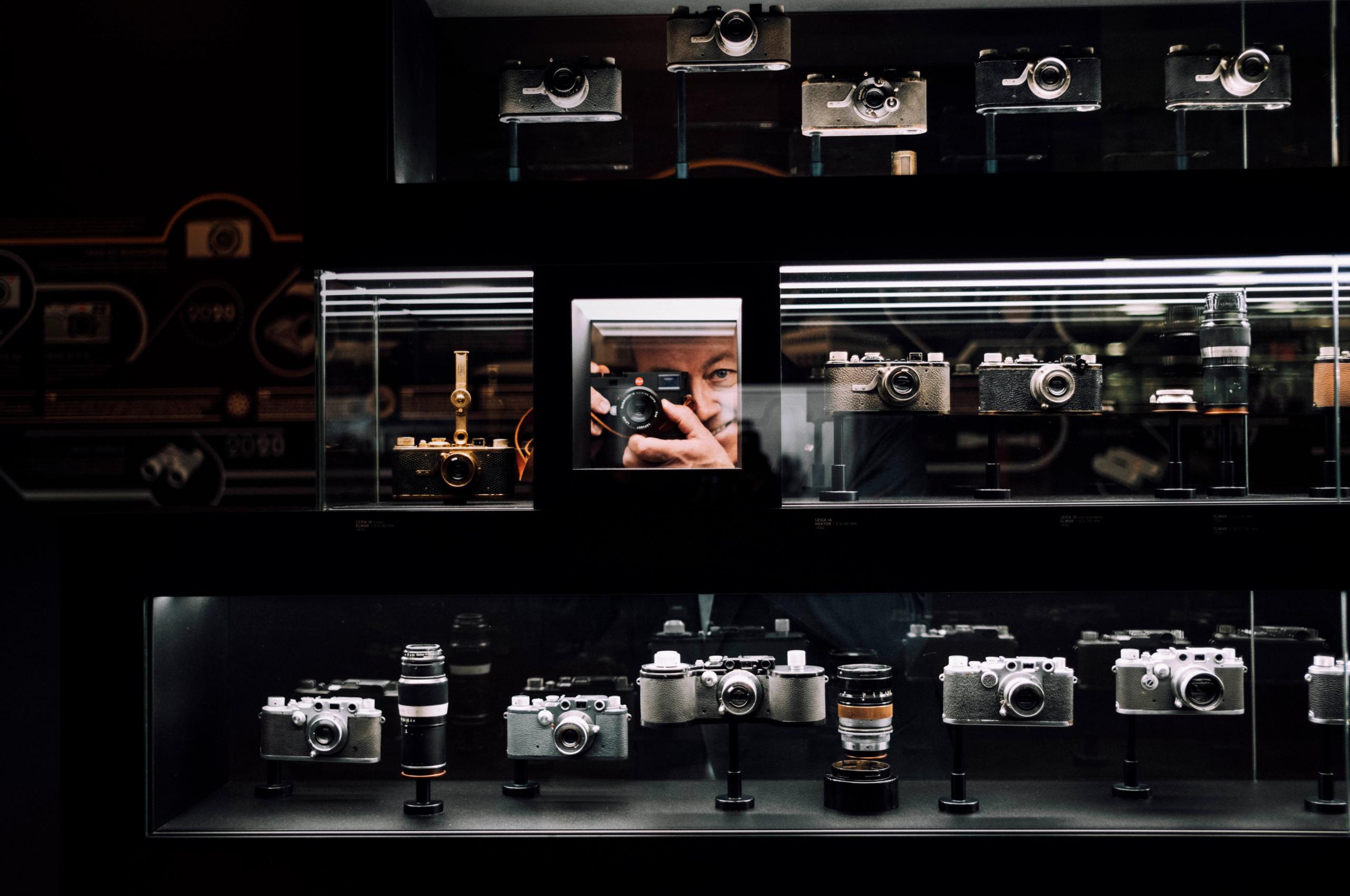
On Location: Leica Camera HQ
Thanks to its ability to document our travel and adventures, AETHER has always possessed an immense love for cameras and photography. This unwavering passion for getting behind the lens has ultimately given way to a close relationship between AETHER and Leica. After previously joining forces with the world-renowned German camera firm to deliver the Reporter Jacket — a limited edition shell engineered from the ground up to meet the needs of modern photographers — AETHER was recently invited to Leica’s headquarters in Germany to take a private factory tour, experience the company’s historic archive in person, and sit down with Leica Camera’s Vice President of Photo and Design, Stefan Daniel for a discussion on the outfit’s history, his work at the brand, and the future of photography as a whole.
Founded in 1849, the company we now know today as Leica originally got its start as a microscope manufacturer specializing in precision optics. While the company was successful, its trajectory would forever be changed in 1911 when it hired Oscar Barnack as a master machinist. An avid fan of early photography, Barnack wanted to capture still images and film at the same time, and to do so on a camera format that was small enough to easily carry — a far cry from the massive camera setups that up until that point had been the industry standard. At the time, lenses weren’t sharp enough for the small 35mm film that was specifically used for capturing motion pictures.
Harnessing his experience working in the microscope sector, Barnack took some of the company’s ultra-precise microscope lenses and mated them to a homebuilt small-format camera body, resulting in a portable setup with high enough resolution to take still photos on 35mm movie film. During his first few years on the job, Barnack ultimately developed what would become the first “Leica” camera with the Ur-Leica in 1914. Barnack’s prototype didn’t just give way to the world’s first commercially successful 35mm camera, but he was also responsible for establishing several other elements that have since become the industry standard in the photography realm. For example, the number of frames on a standard 35mm camera — 36 — was based on the length of his arm span.
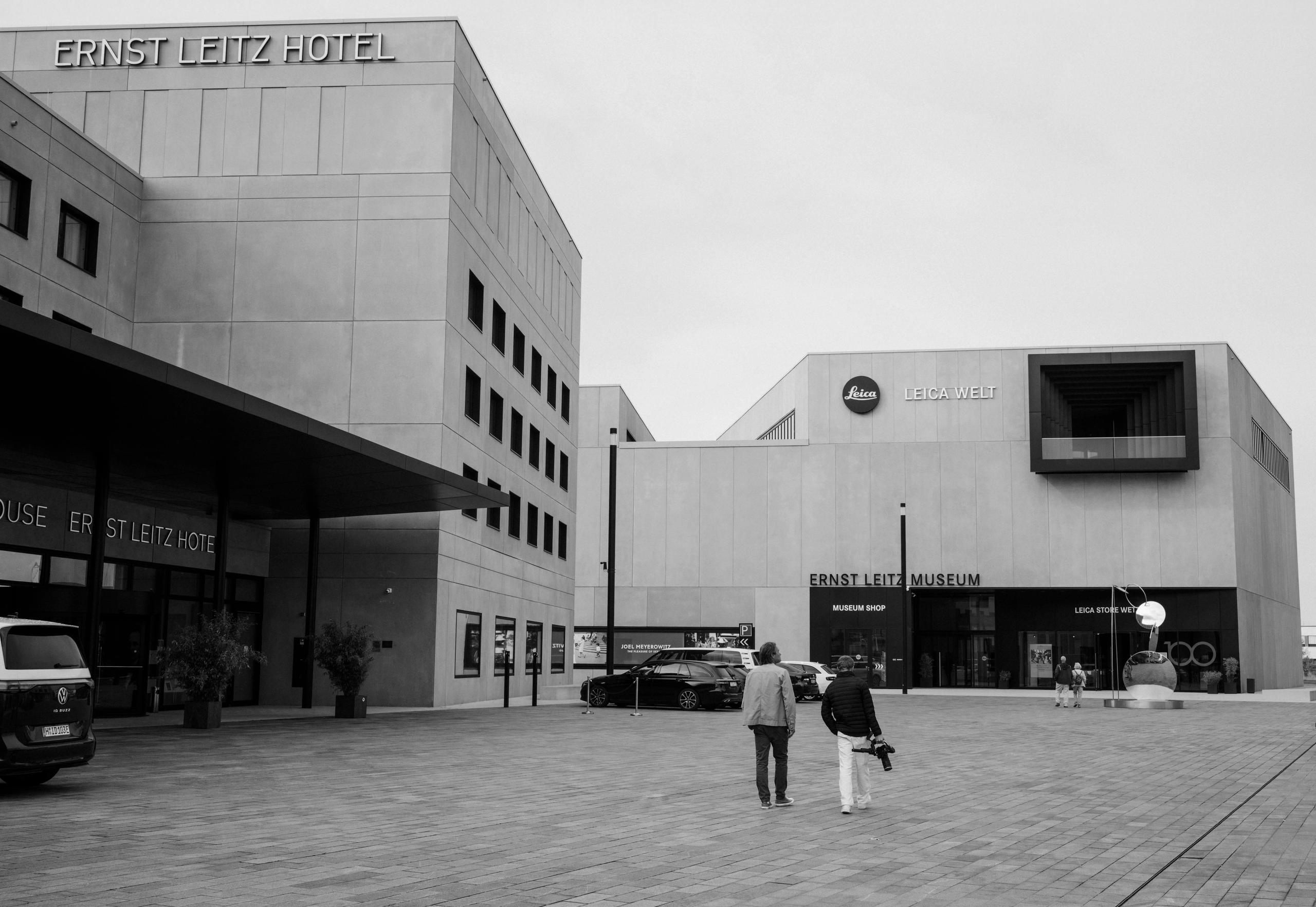
Ernst Leitz Museum in Wetzlar, Germany
This 35mm prototype would set the stage for everything that followed, including the release of the first production Leica camera in 1925 with the Leica I. Barnack’s relentless pursuit of innovation would quickly become a hallmark trait of the company, as it continued to consistently push the envelop over the following decades, debuting the first-ever integration of a range finder on a camera in 1932 with the Leica II, and forever changing the photography landscape in 1954 with the release of the Leica M3, which also marked the introduction of the now-famous Leica M mount.
In 1986, Leica debuted its M6 camera, while also kicking off a new era of development that eventually fell under the guidance of Stefan Daniel, who carried the torch for the brand and not only proudly continued its rich tradition of innovation, but managed to double-down on it.
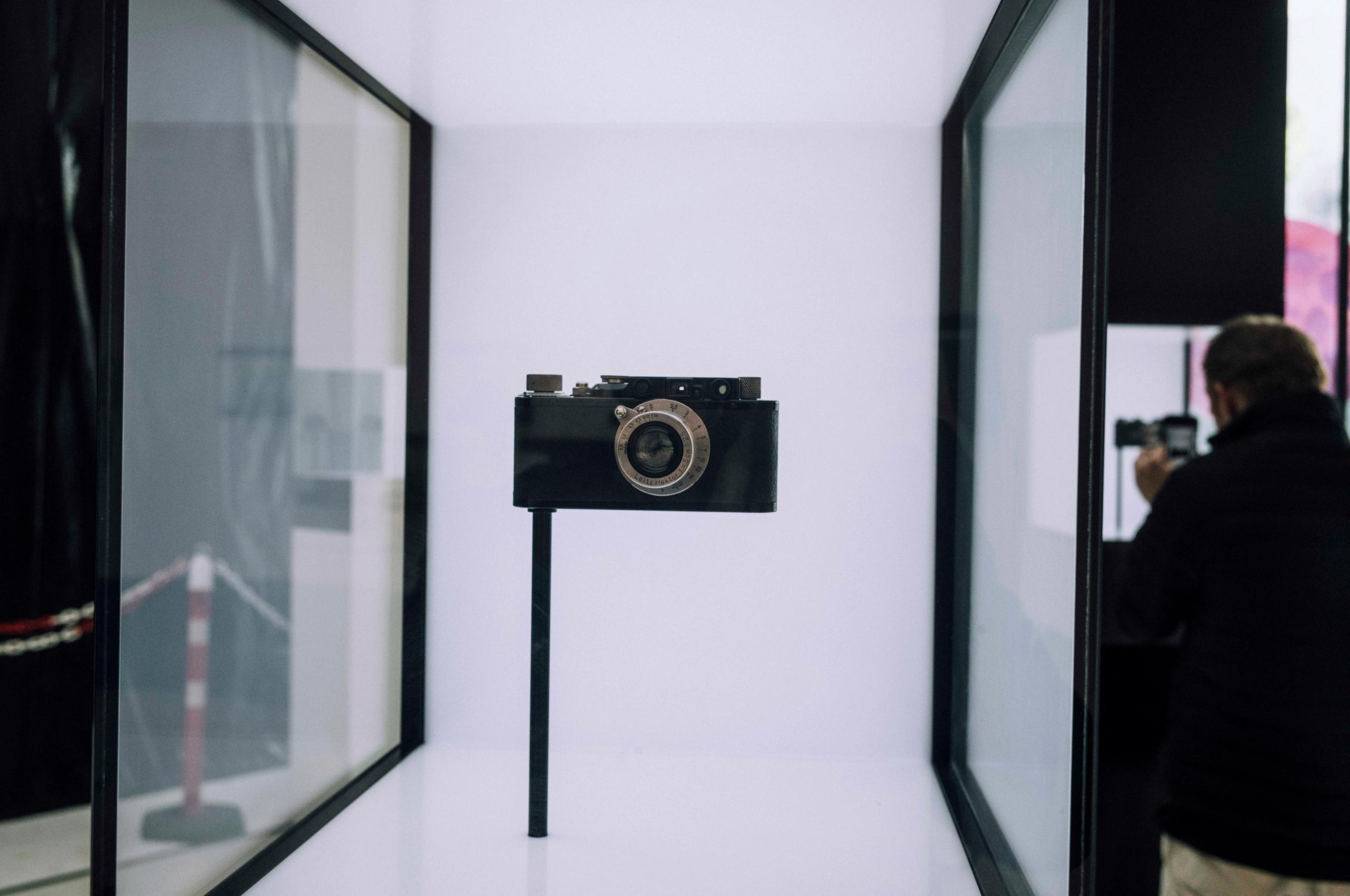
The 1925 Leica I on display
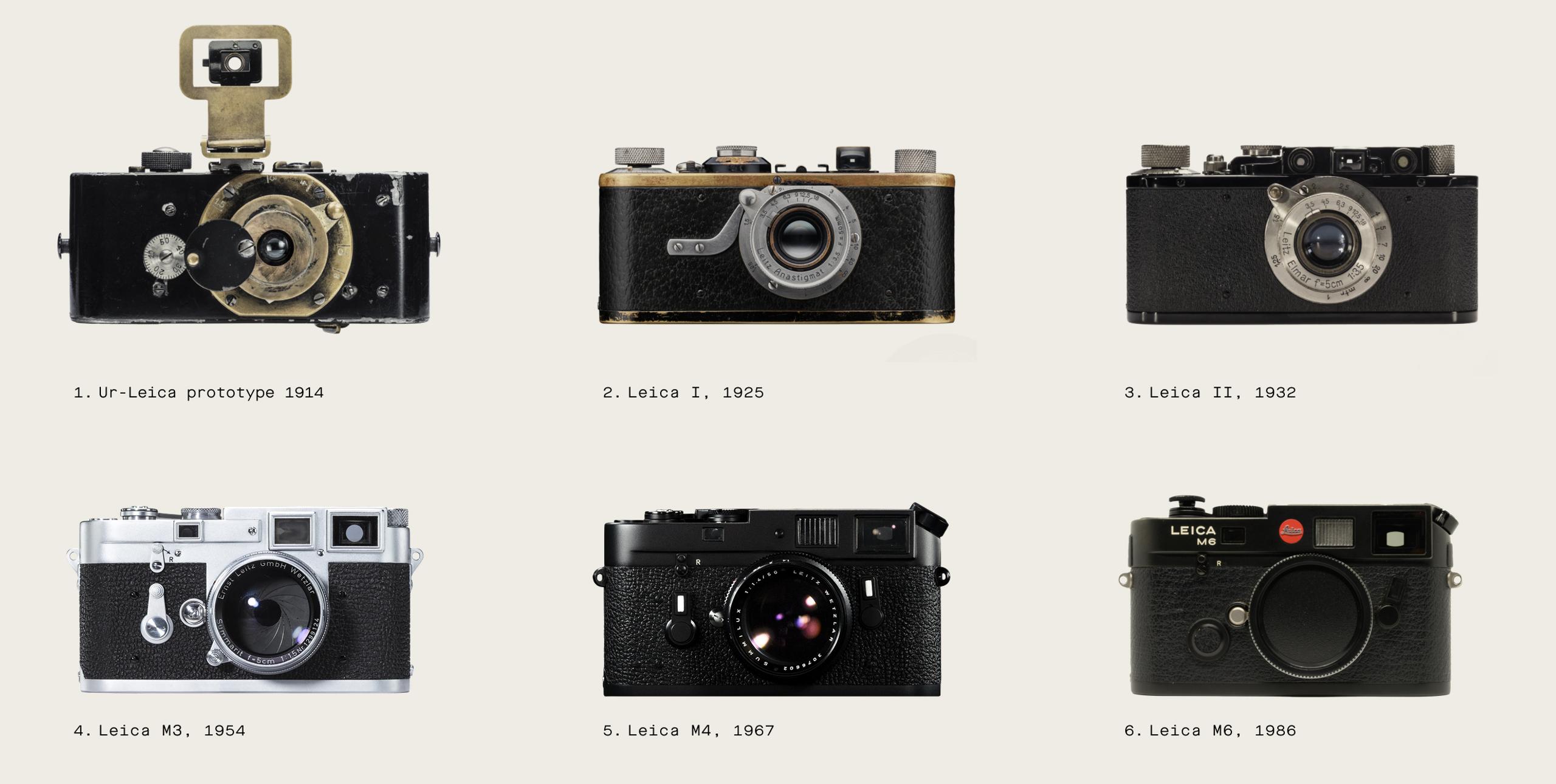
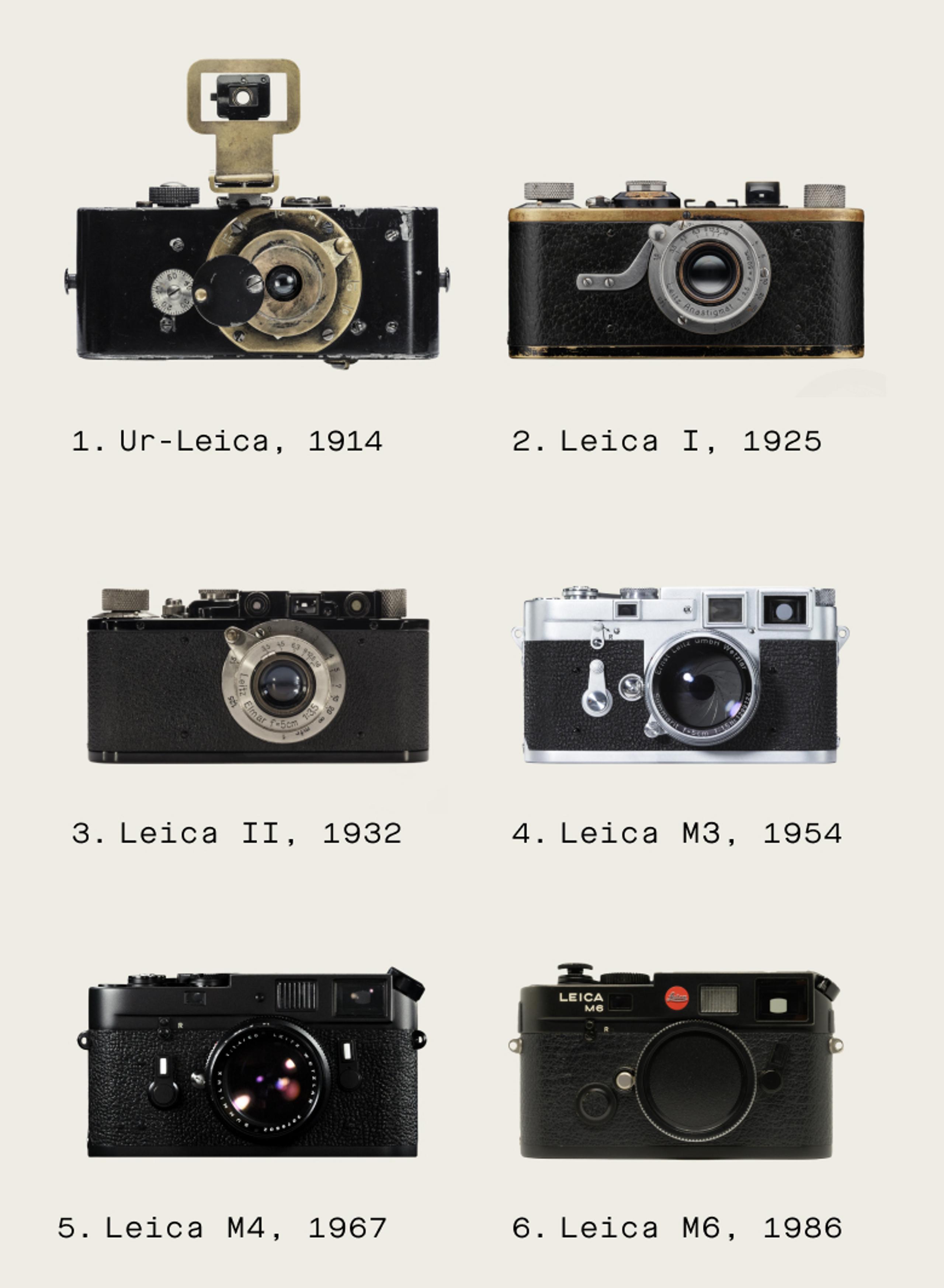
Though the development of every Leica camera is a largely collaborative process with dozens of staffers lending their respective expertise, Daniel undeniably played a pivotal role in the development of a slew of Leica’s M-System models. Having overseen the product development for the M-System for over 35 years, Daniel eventually — and fittingly — received the nickname “Mr. M.”
Having begun his tenure at Leica the same year the firm released the M6, this camera has always been of particular importance to Daniel, epitomizing many of the hallmark qualities that Leica’s cameras now possess across the board.
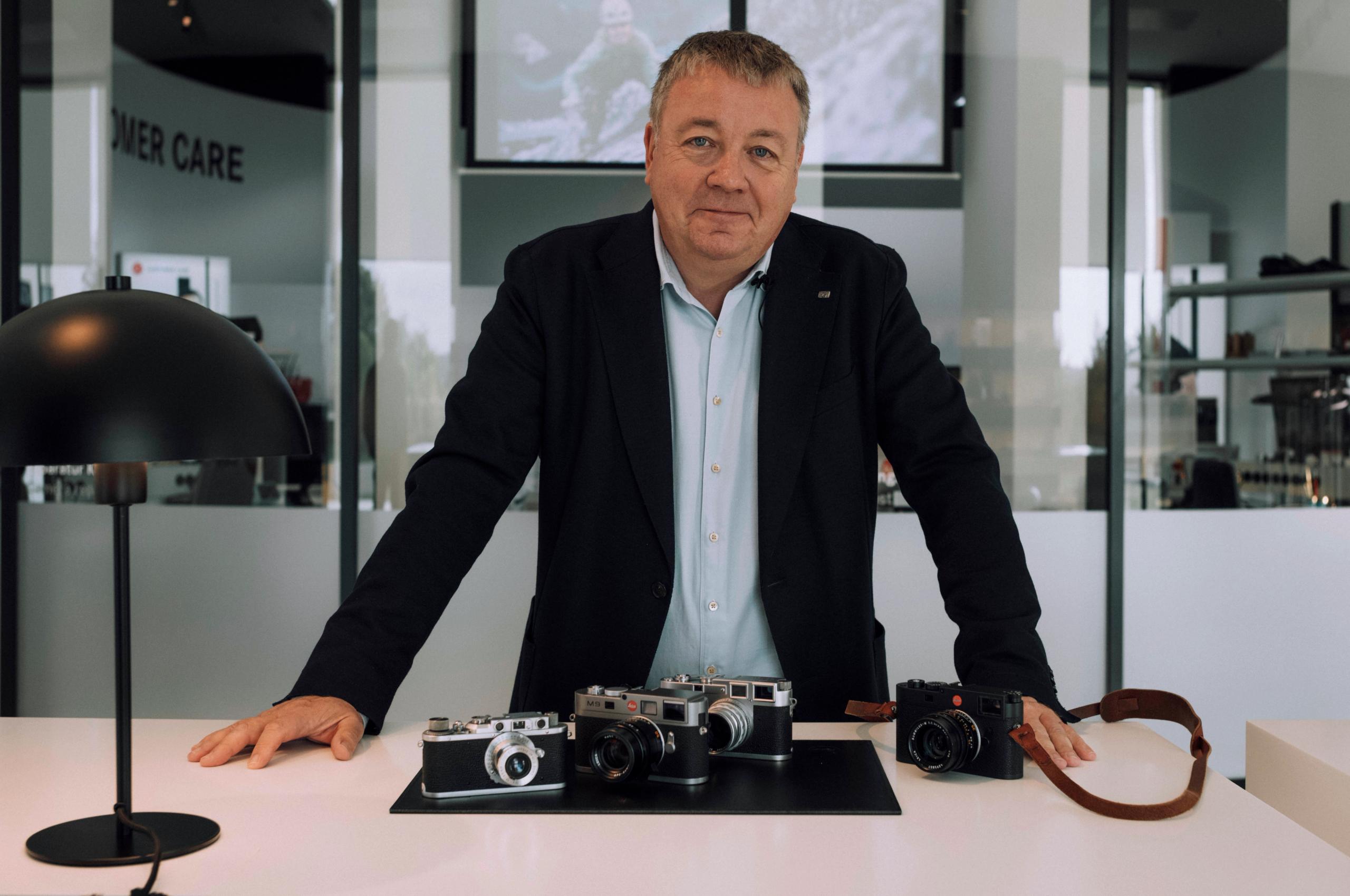
Stefan Daniel aka “Mr. M”
Leica is responsible for ushering in a myriad of groundbreaking firsts in the camera industry. When questioned about what he’s personally most proud of working on during his tenure at the German camera firm, without hesitation, Daniel points to the revolutionary M8 — a watershed model that hugely altered Leica’s trajectory as well as the trajectory of the camera industry as a whole. The introduction of this early, pioneering digital camera largely set the industry standard, and laid a framework that’s still followed to this day.
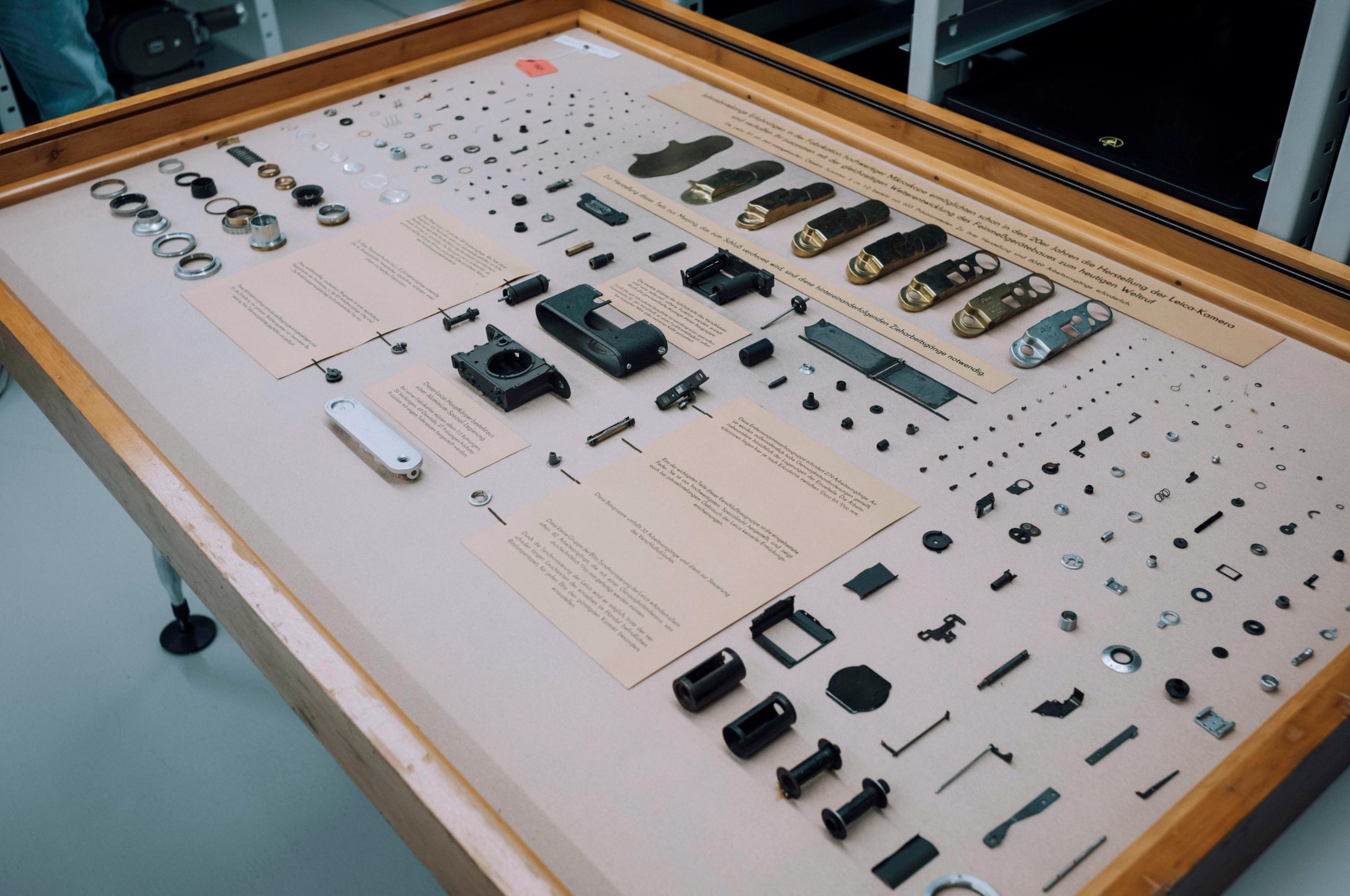
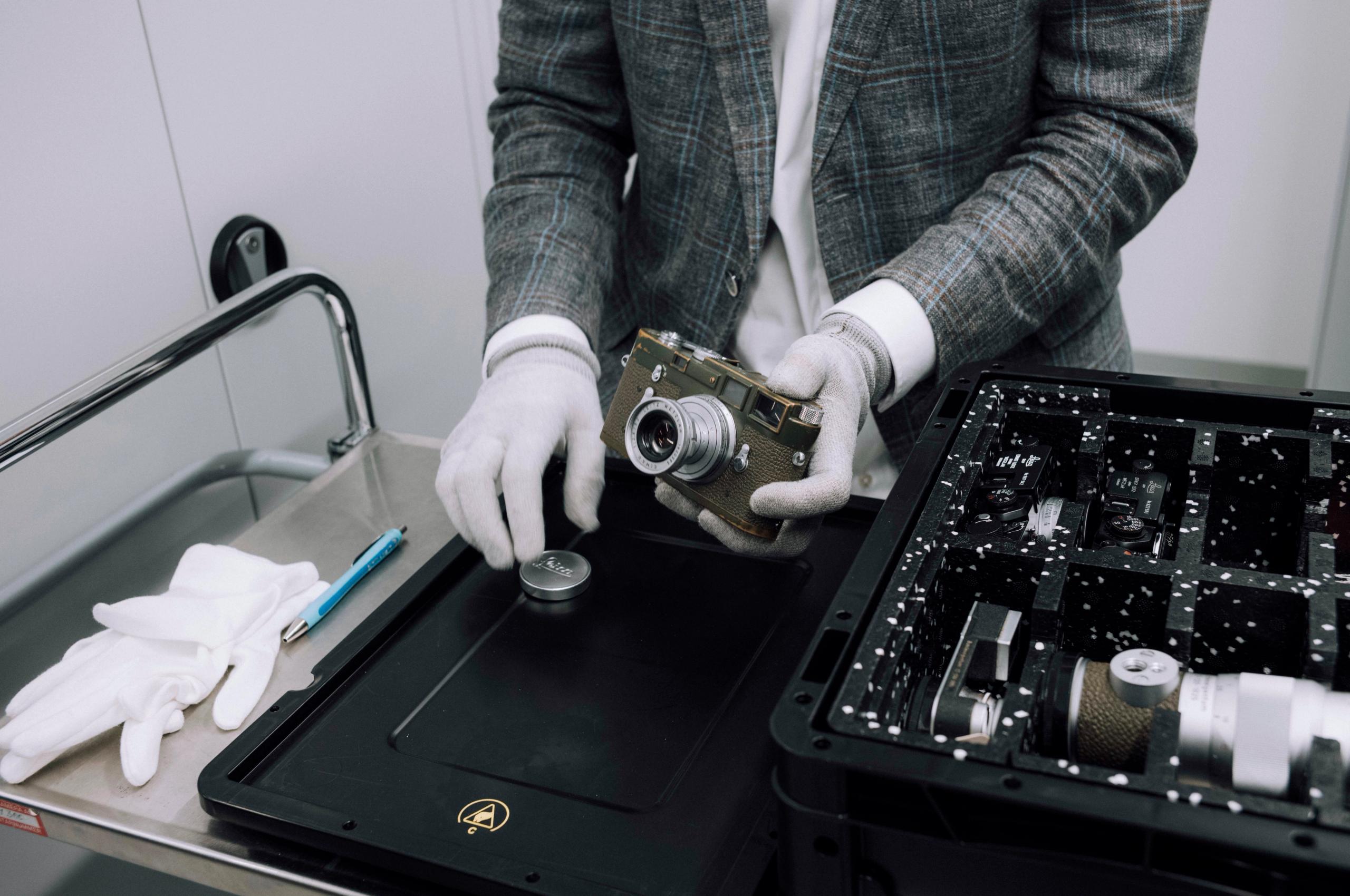
“The very first digital M was the Leica M8, and it was a big task. Changing from analog to digital was a revolution hardly seen in any other industry. You have to imagine that an analog camera is basically a box with a lens, but the film and all the workflow to develop the film, to make the prints and so on, was not the task of the camera manufacturer, and overnight this changed and all the image processing was built into the camera. That required new technologies, new vendors, new technological partners, and our task in (the) digitalization of the M System was to keep the spirit of the M camera the same, and just change the medium of recording because if we would have started with a white sheet of paper it would have been much easier to create something new. And it has proven that the form factor of the analog M cameras proved to be really almost perfect. So the task was to integrate that into a digital body. And later on, this is even more important, with the M9 — the first full-frame mirrorless camera in the world, and it’s in some sort a digital M6.”
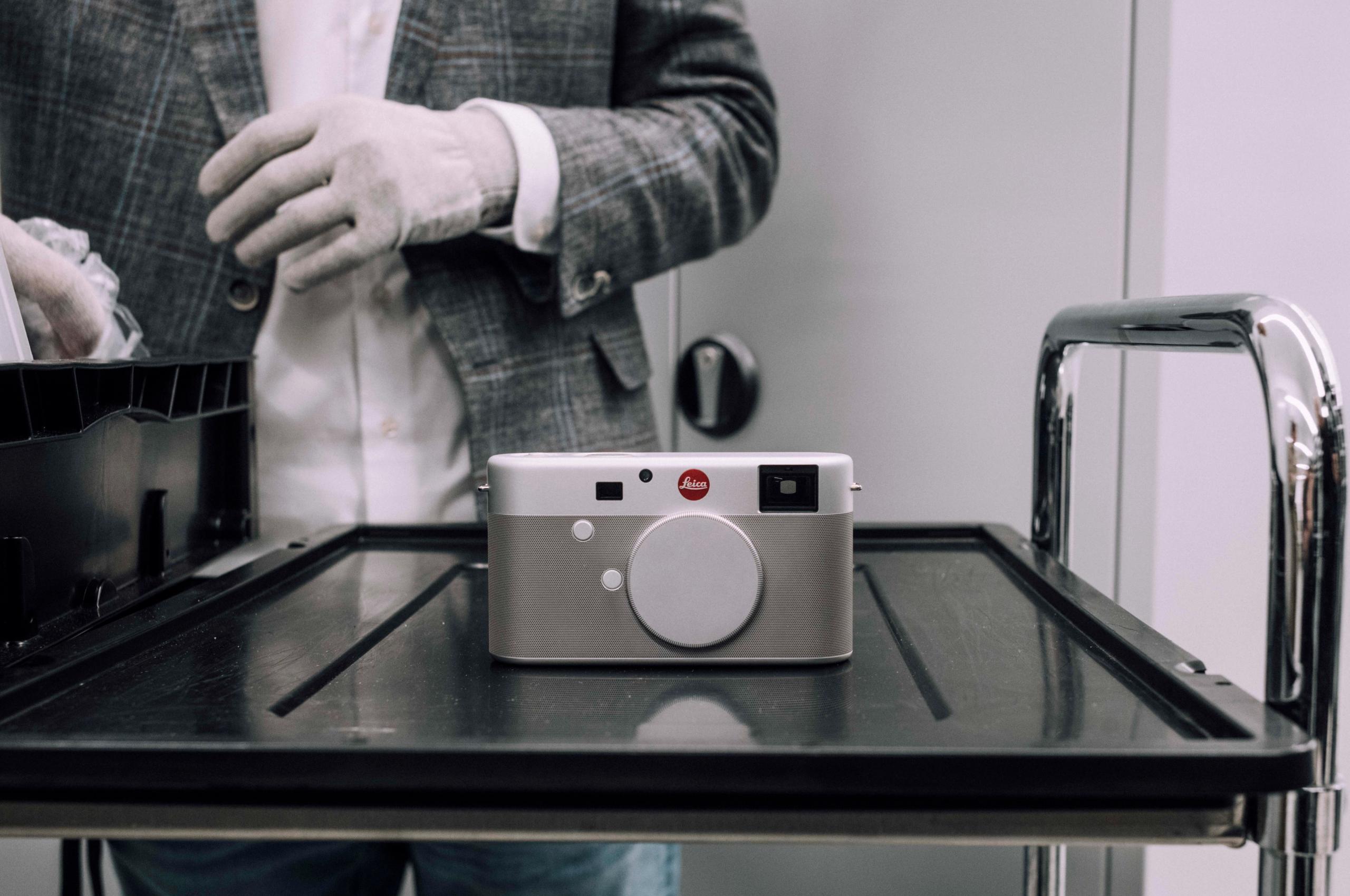
Leica M prototype by Jony Ive and Marc Newson, 2013
We live in an increasingly fast-paced world, filled with distractions and shortcuts. In Daniel’s mind, this plays a pivotal role in what makes shooting with a traditional camera so special, as it forces the user to slow down, focus, and partake in a creative process that serves as both a form of documentation and self expression.
“So in a world (where) everything becomes faster and only made for a fraction of a second, I think we can have a counterweight that people can do something very consciously, they take their time for it, and in the end you have a very good result because you concentrate your mind on it. And also it does you good, it makes you feel good because you have done a creative process.”

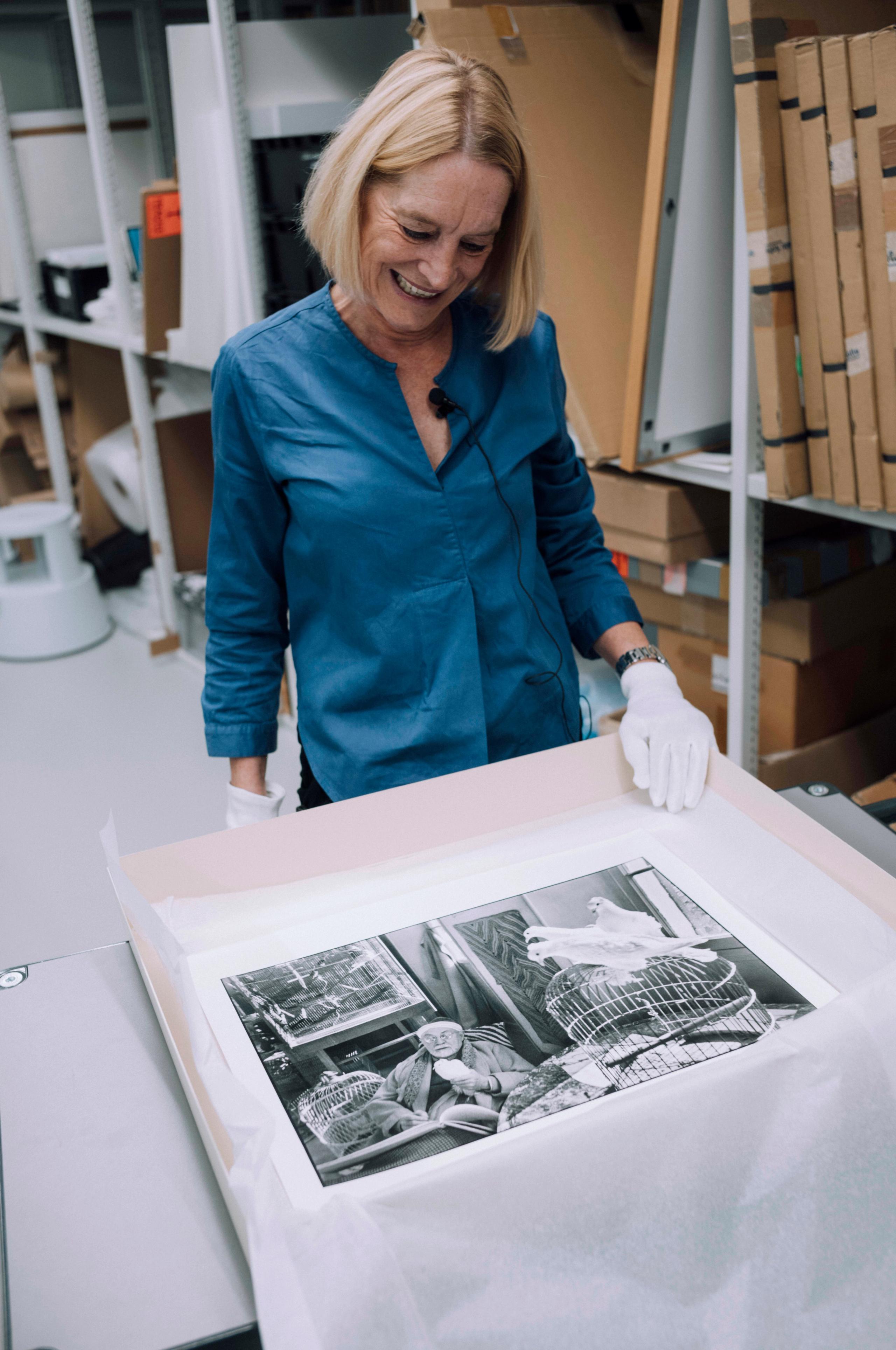
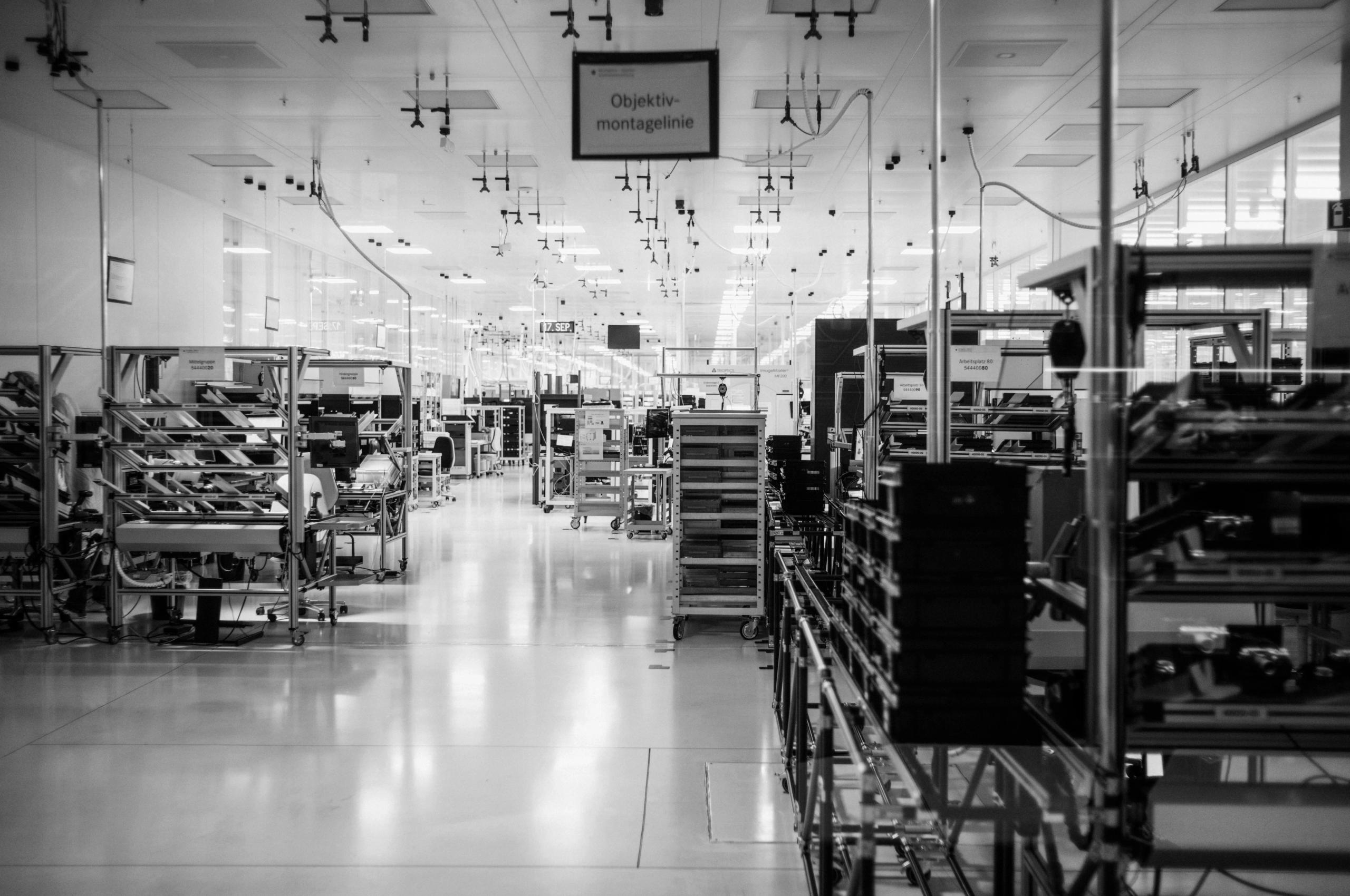
We live in an increasingly fast-paced world, filled with distractions and shortcuts. In Daniel’s mind, this plays a pivotal role in what makes shooting with a traditional camera so special, as it forces the user to slow down, focus, and partake in a creative process that serves as both a form of documentation and self expression.
“So in a world (where) everything becomes faster and only made for a fraction of a second, I think we can have a counterweight that people can do something very consciously, they take their time for it, and in the end you have a very good result because you concentrate your mind on it. And also it does you good, it makes you feel good because you have done a creative process.”
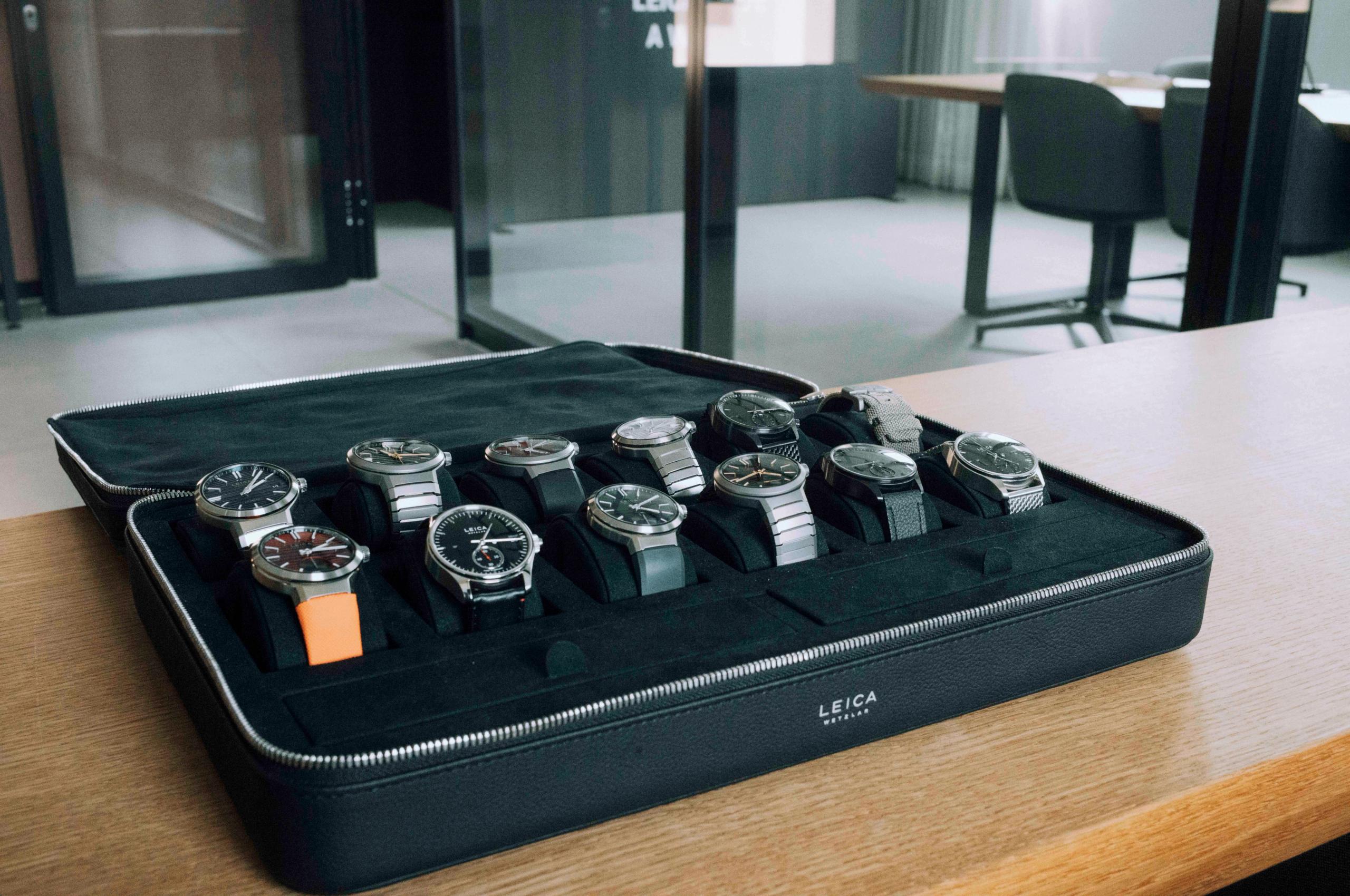
A collection of Leica watches since their introduction in 2022.
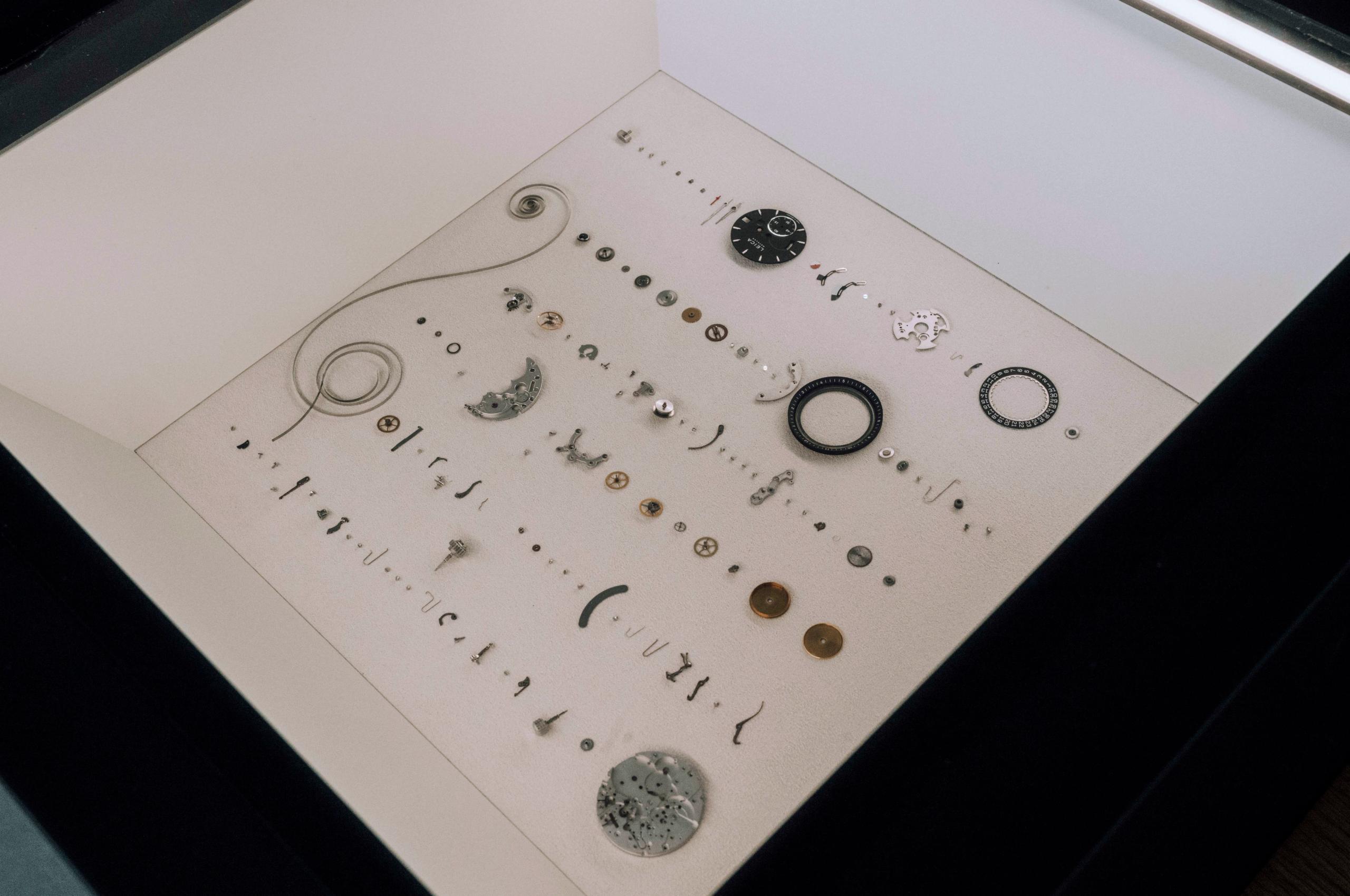
Though the world continues to see major technological advancements and the advent of the smartphone has drastically altered the landscape of photography — with the vast majority of people now walking around with a camera in their pocket — Daniel nonetheless remains steadfast on his belief that many individuals will still gravitate towards using dedicated cameras like the M models he’s developed at Leica.
“I would say this is really a quality time you can enjoy when using a camera. And as long as people enjoy the creative process of taking a picture of something they like or they want to express their feelings, photography will have a future.”
